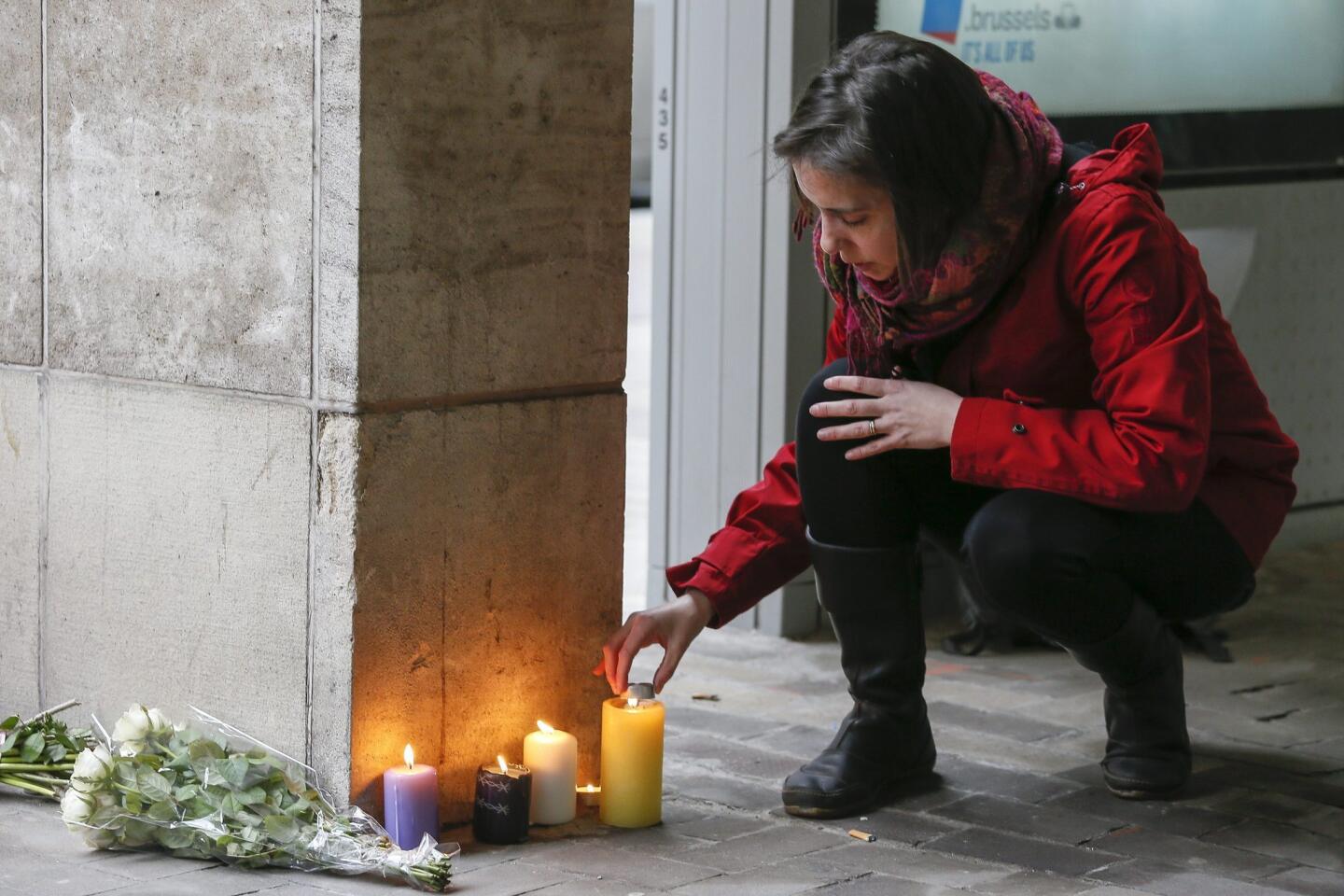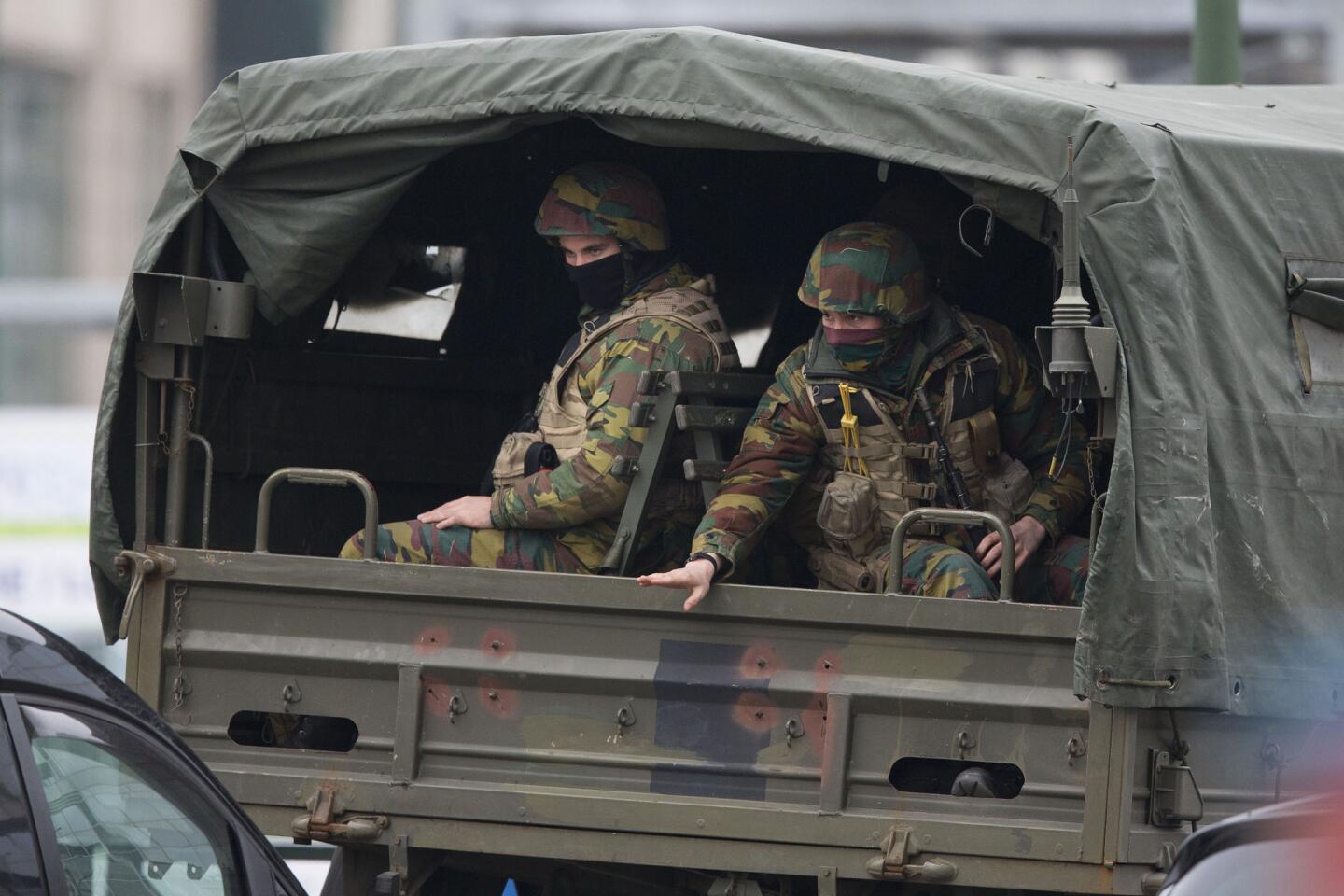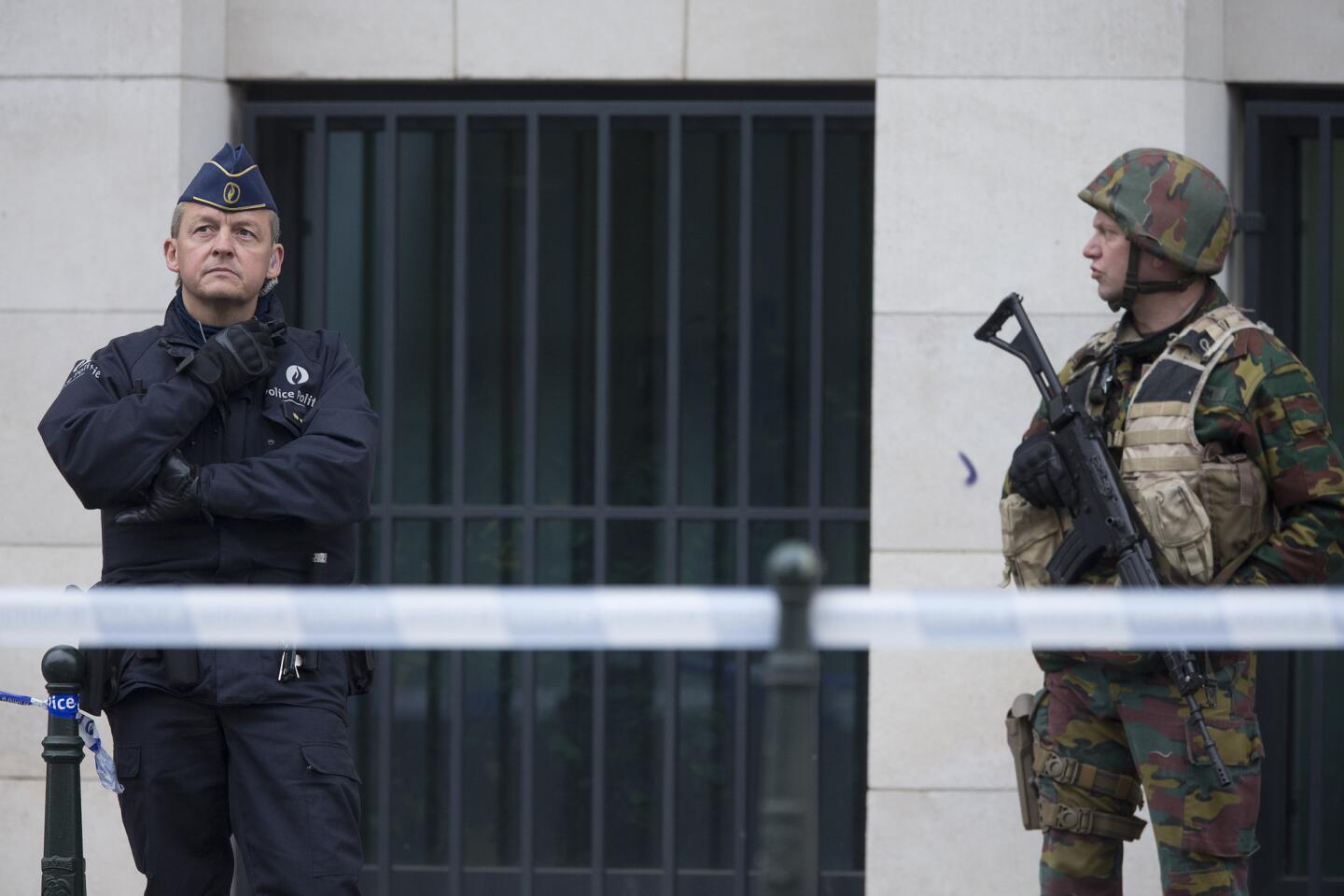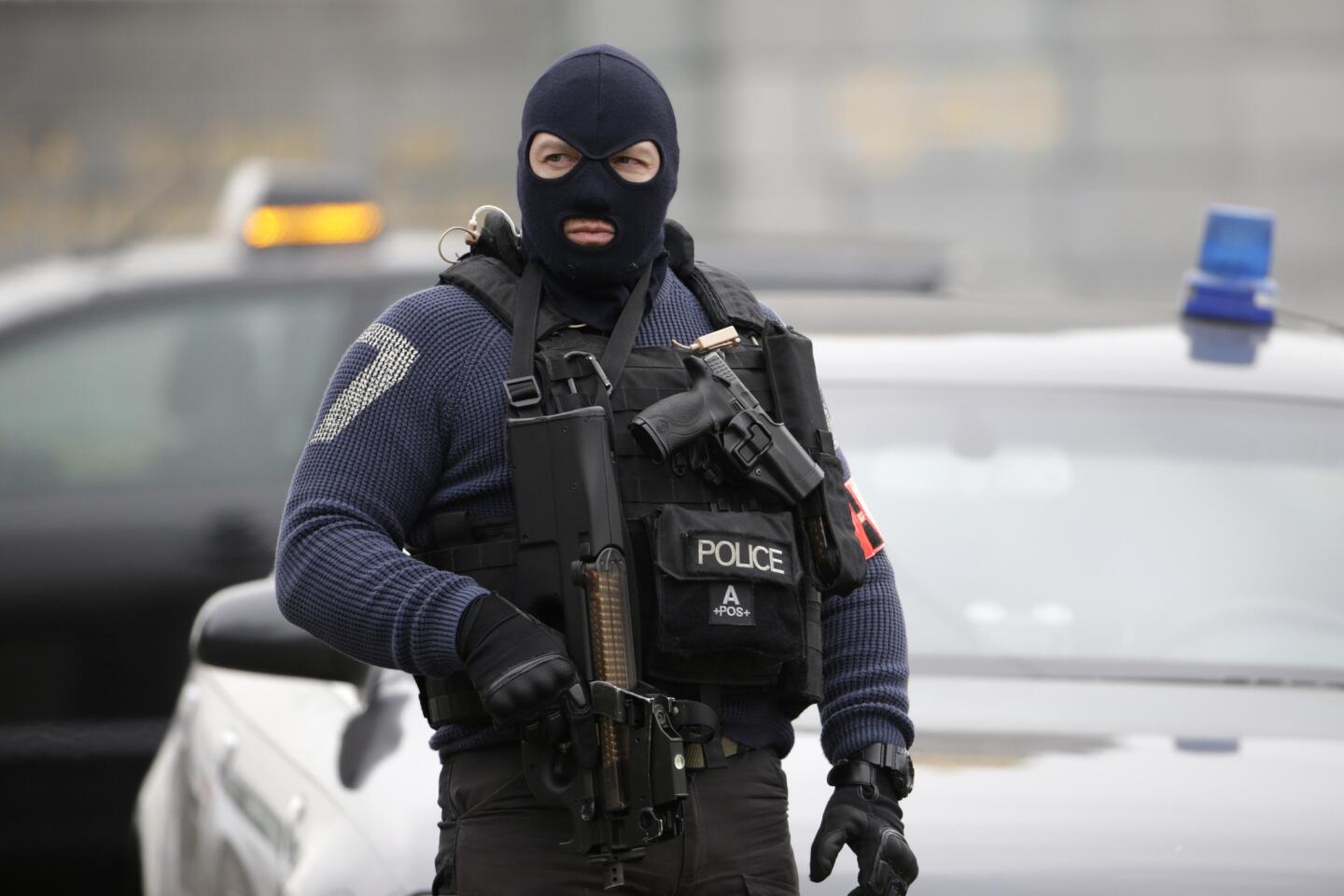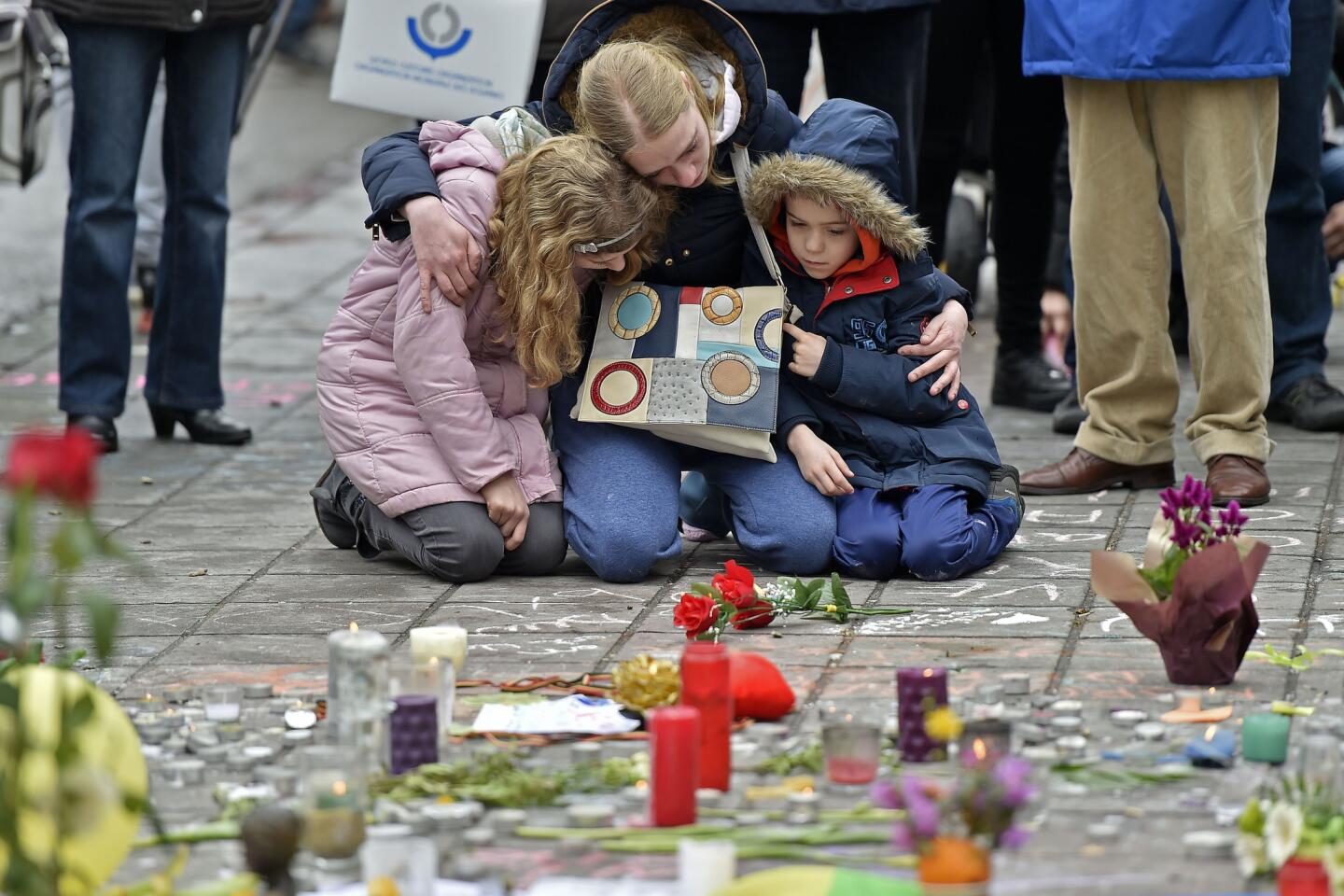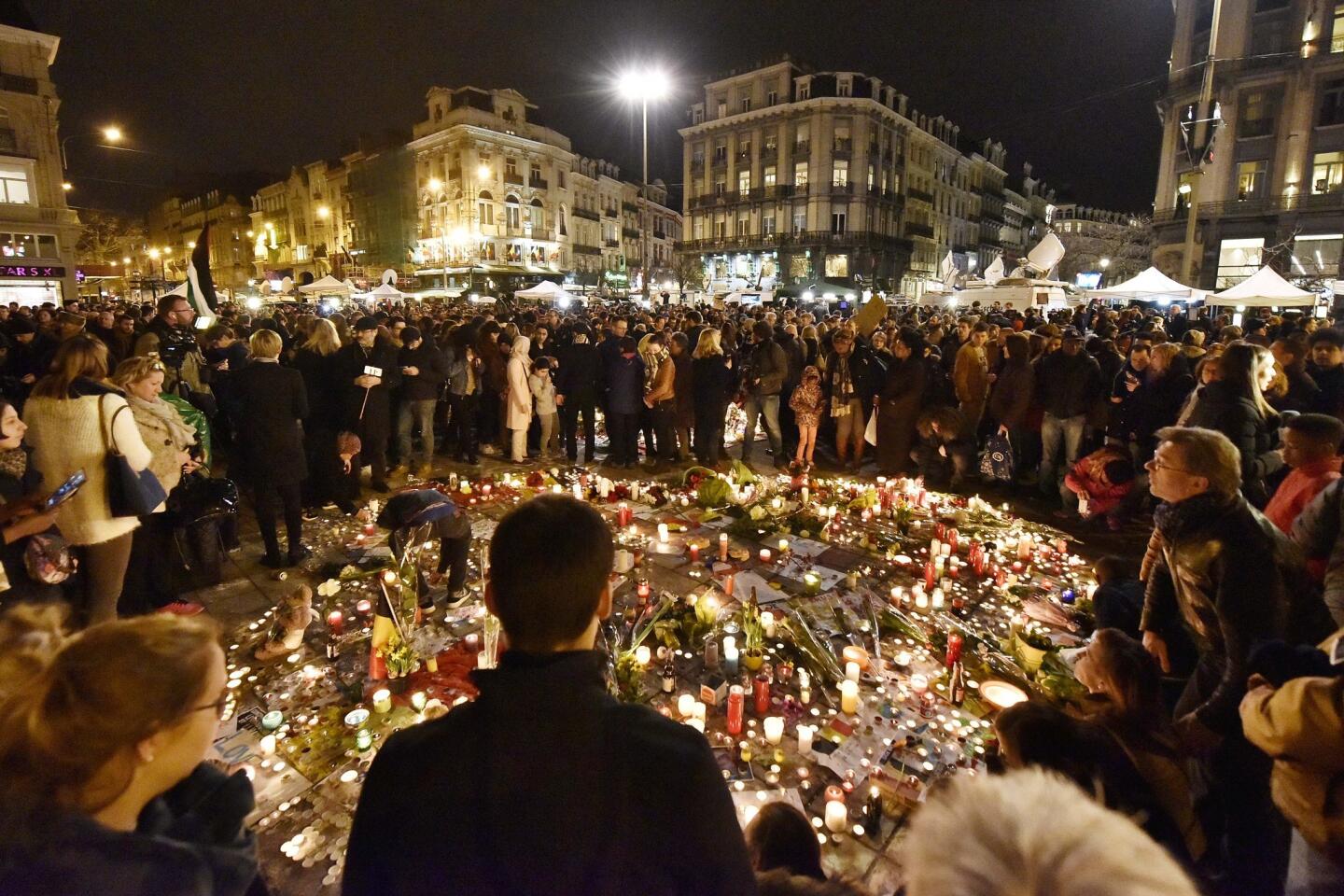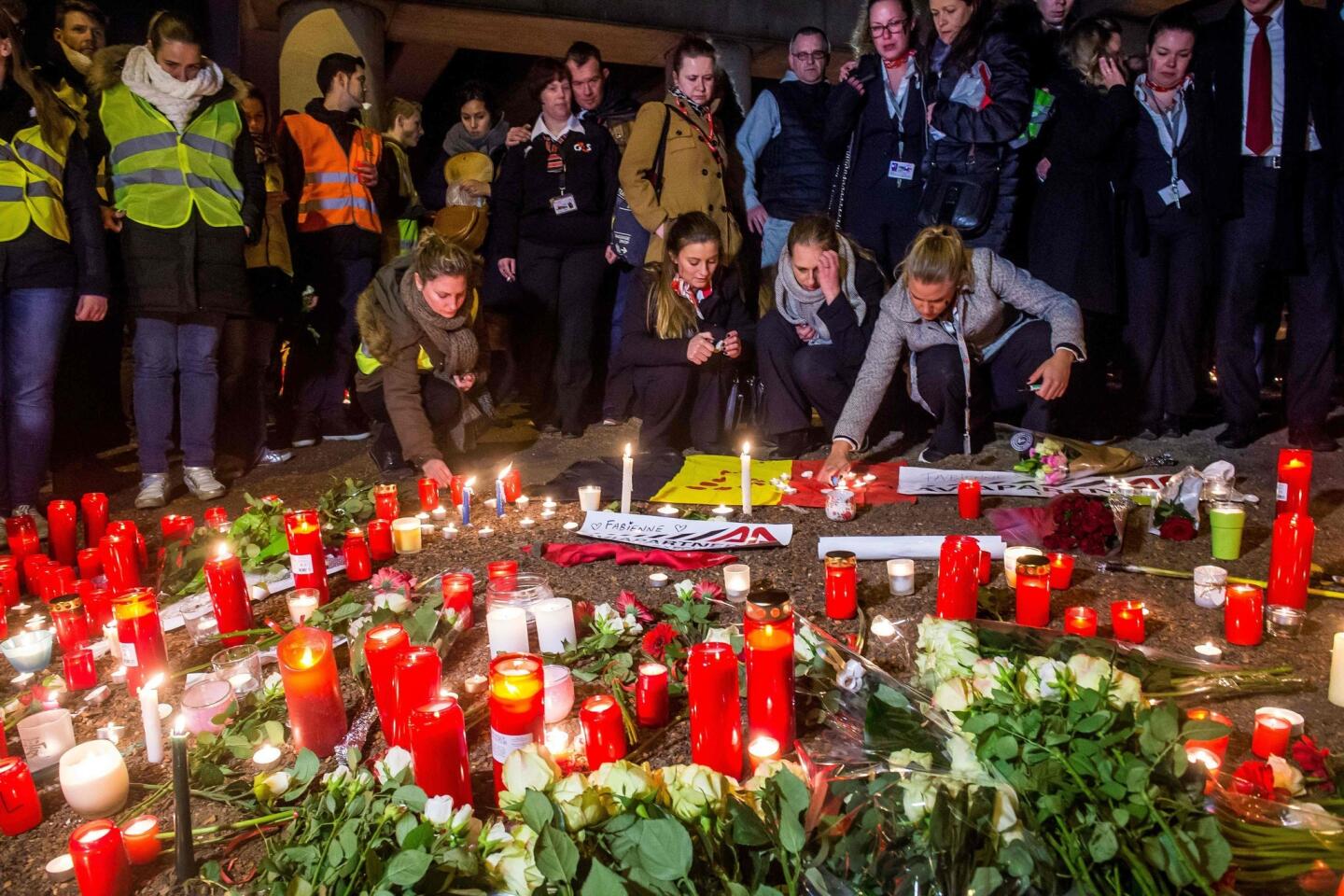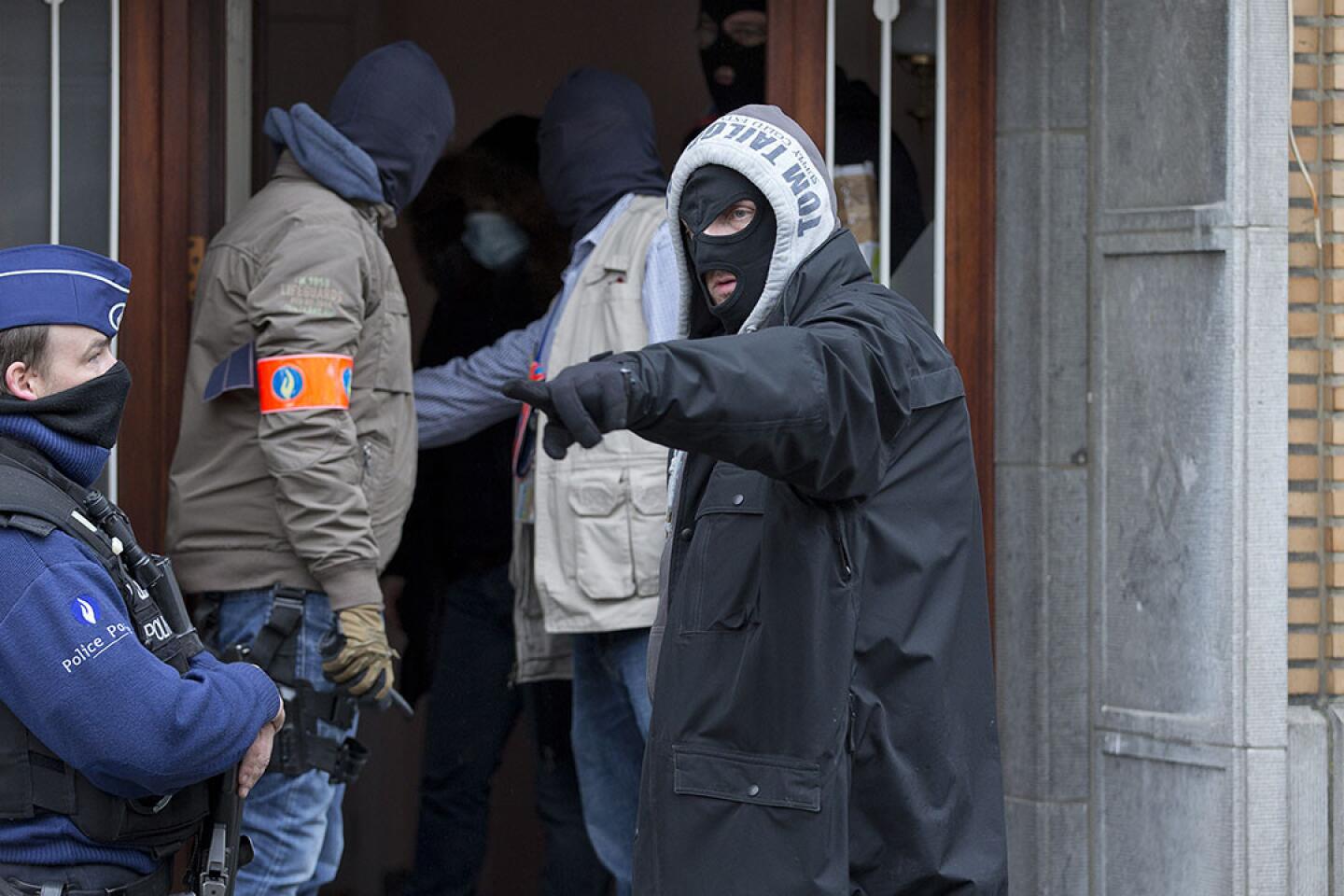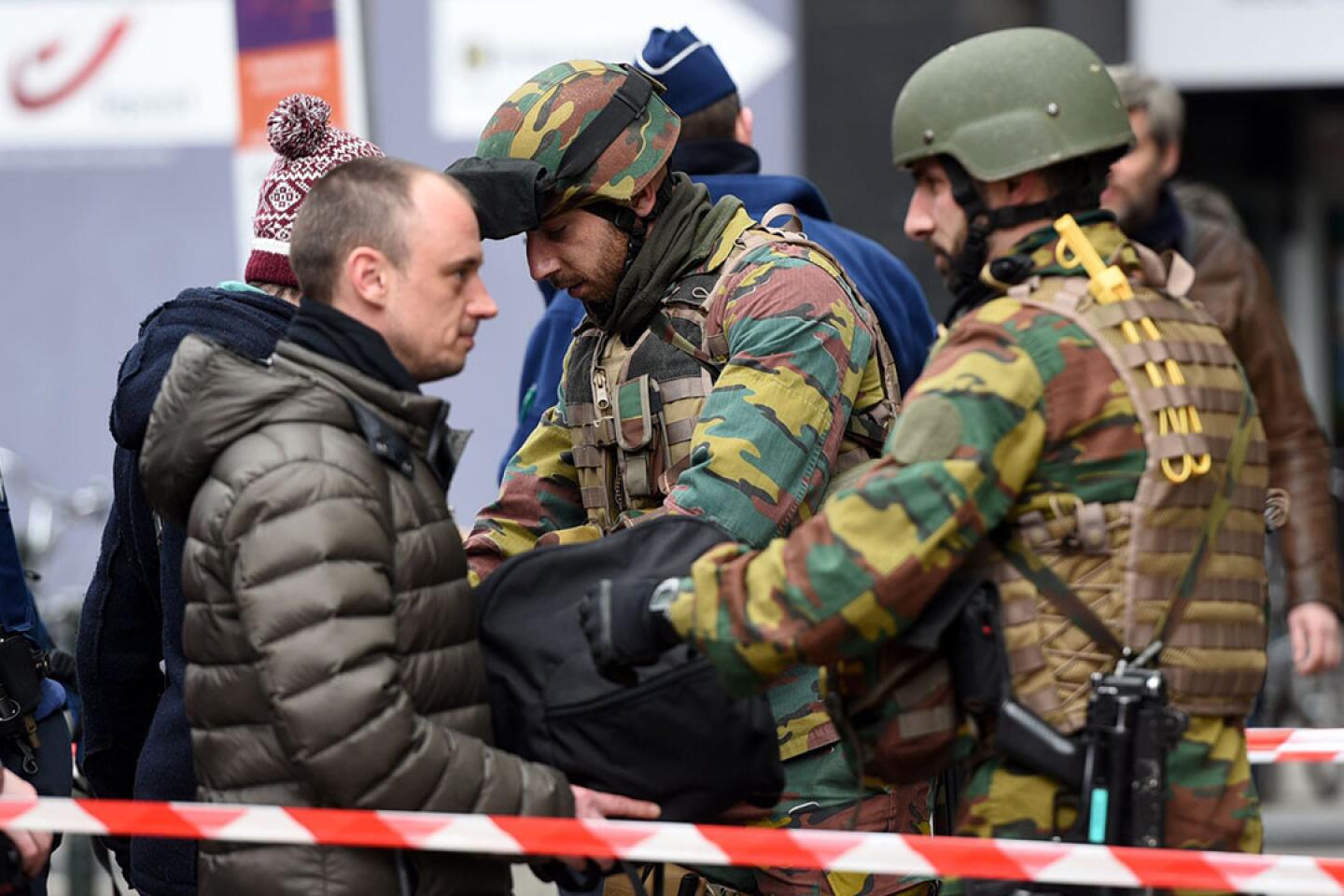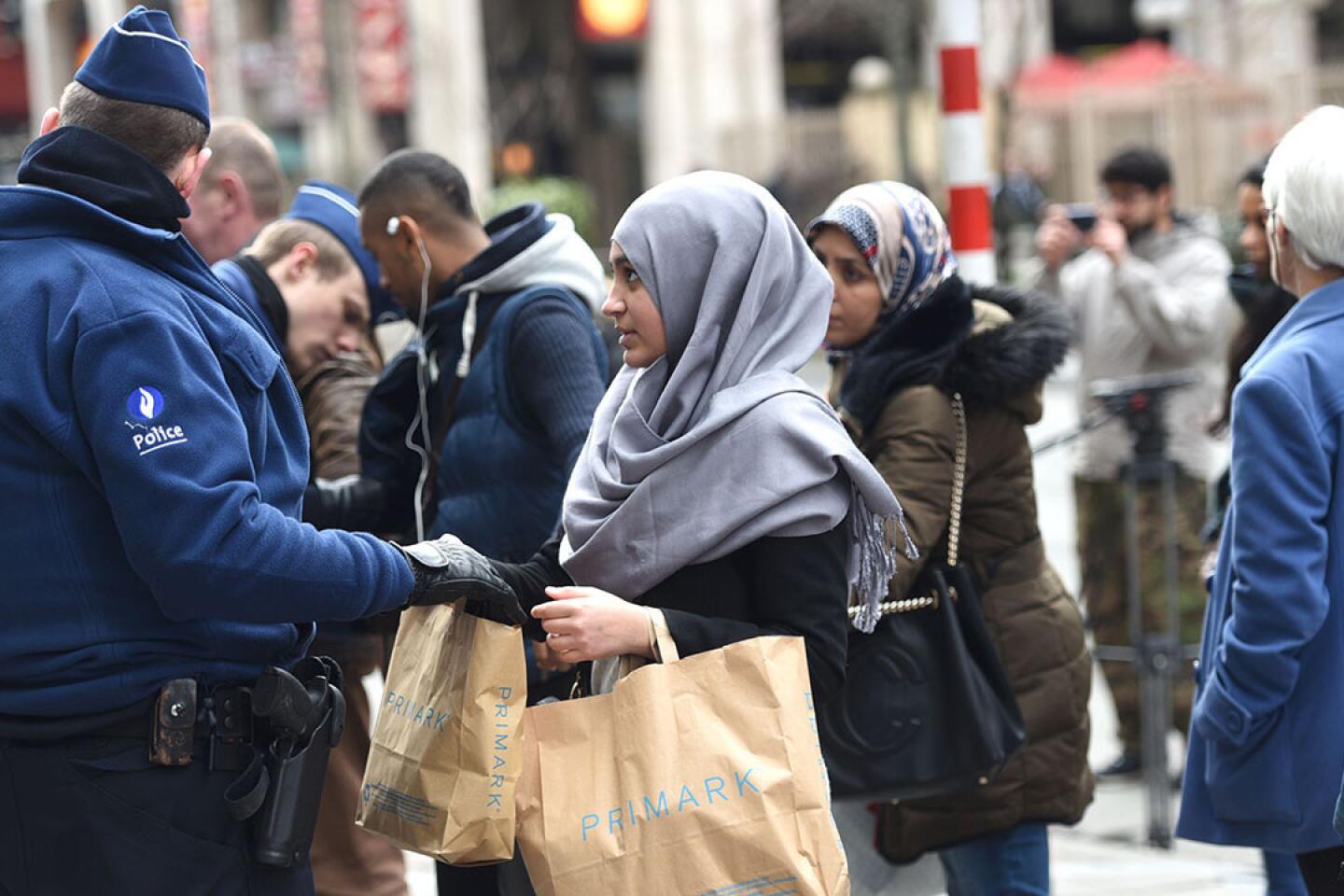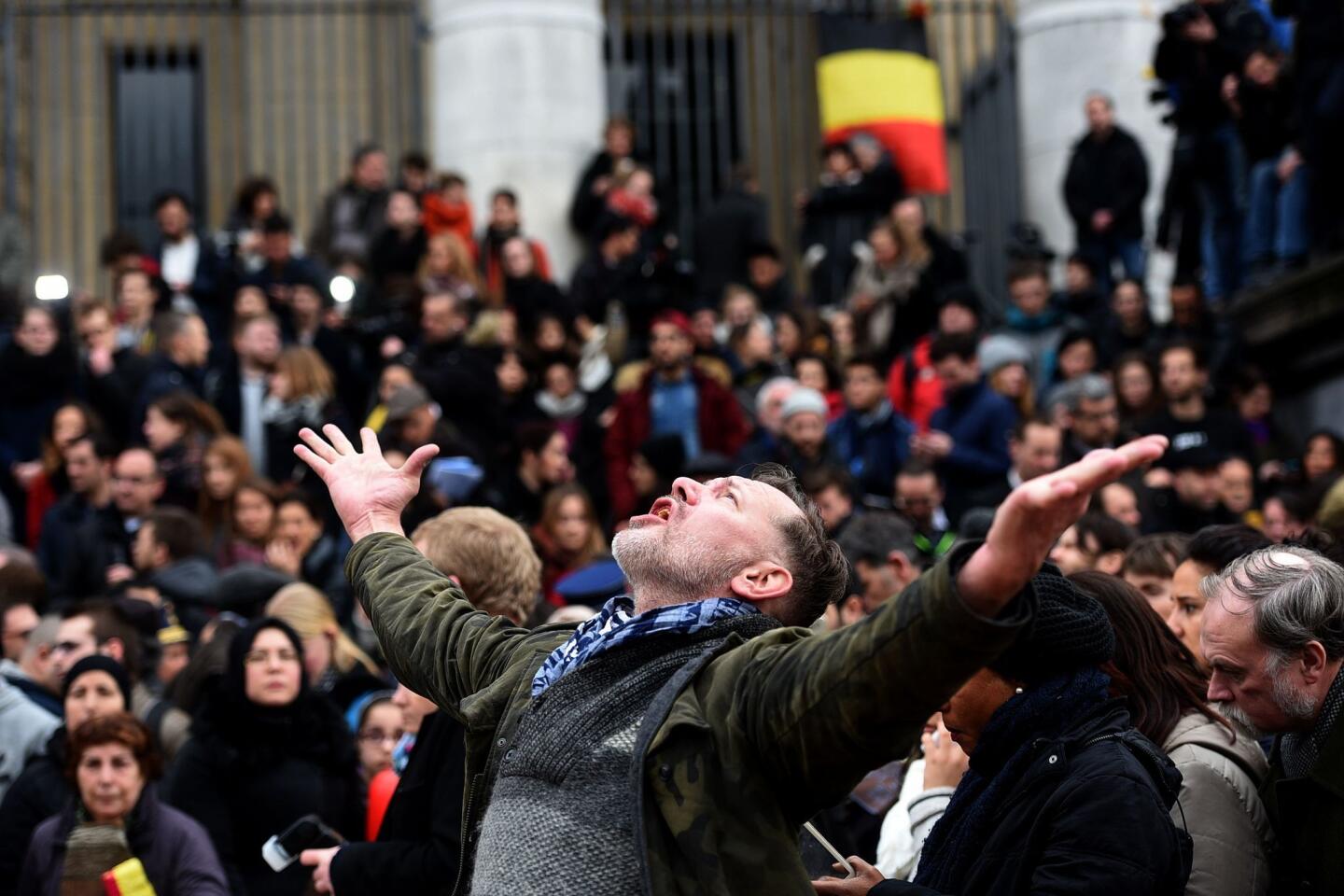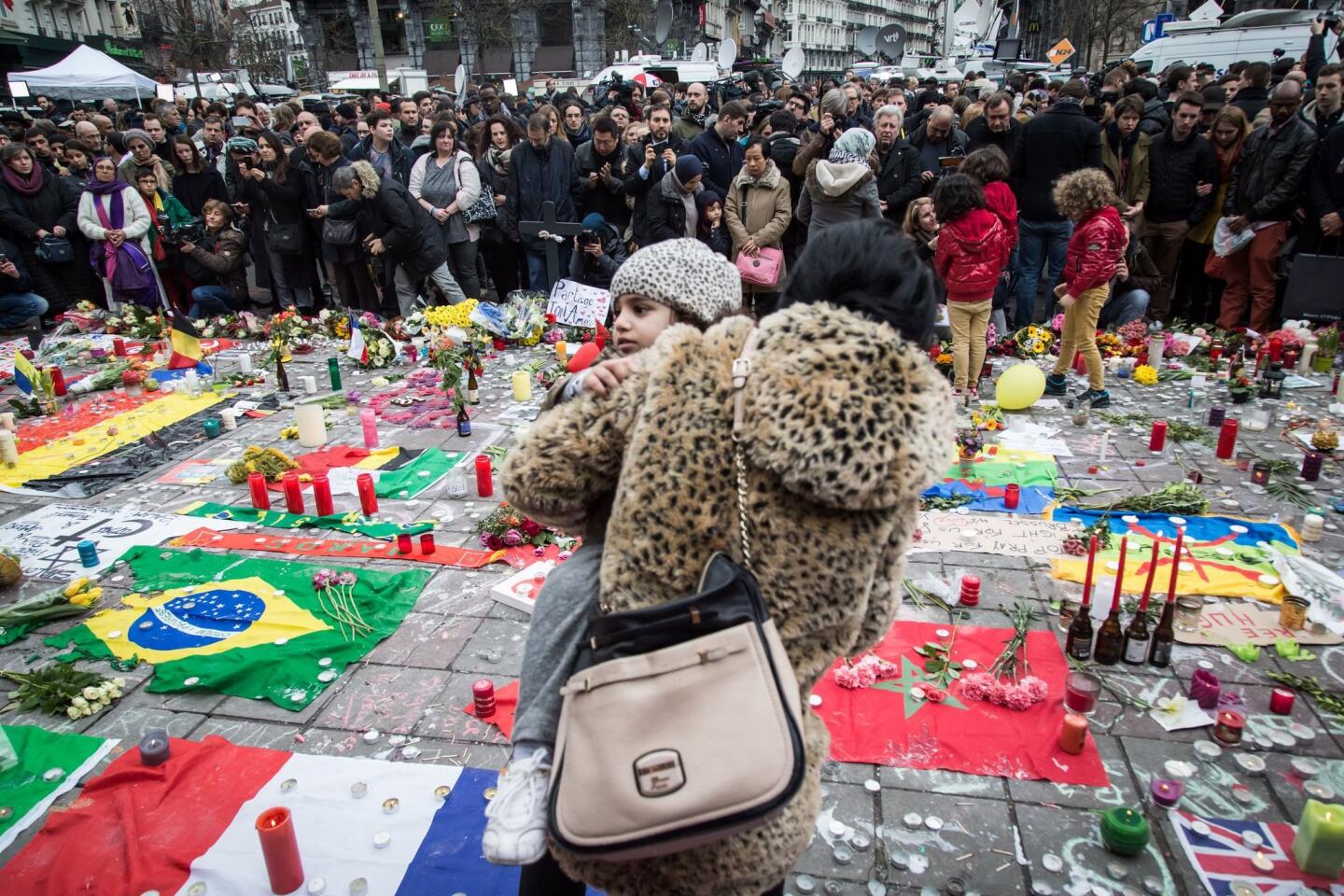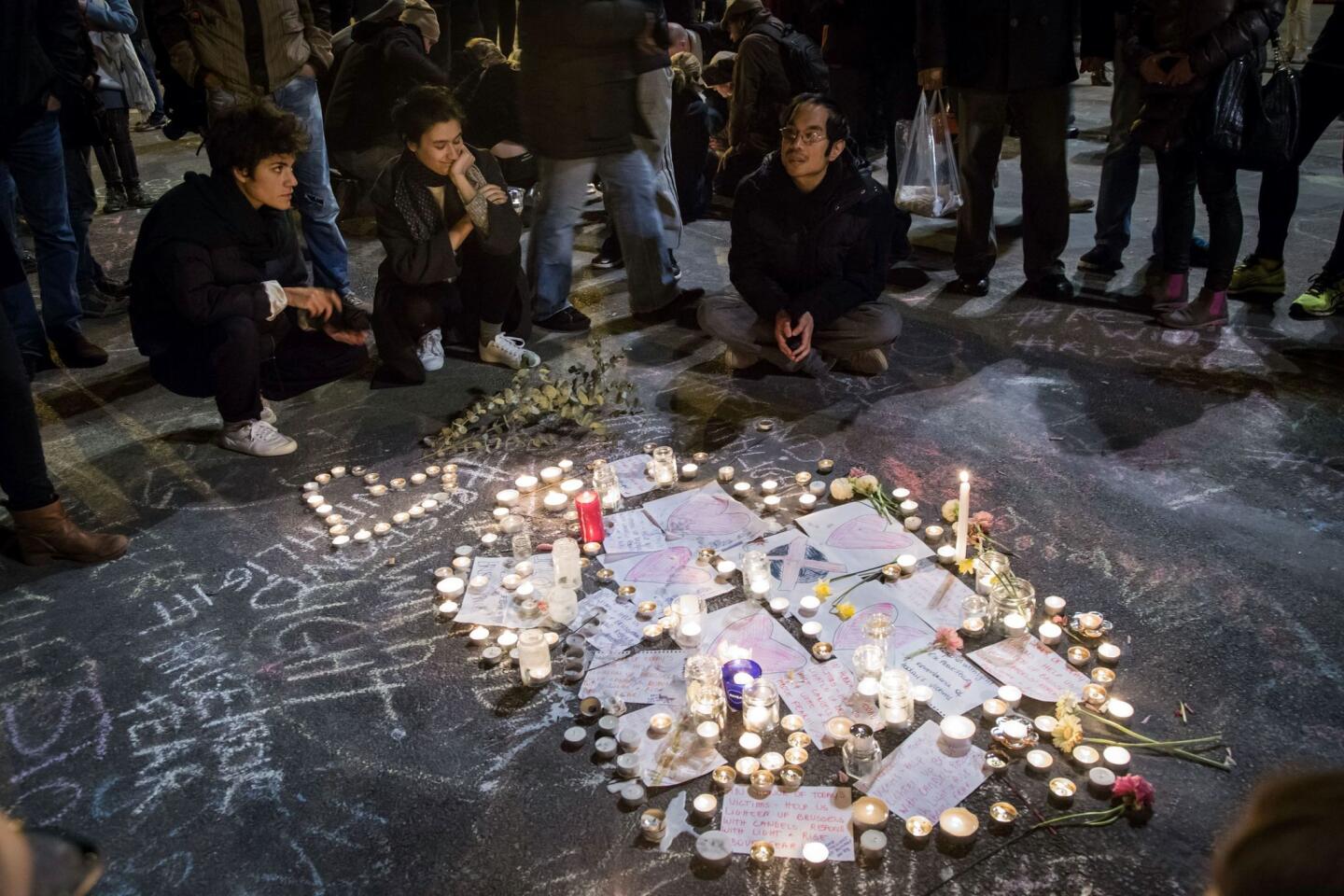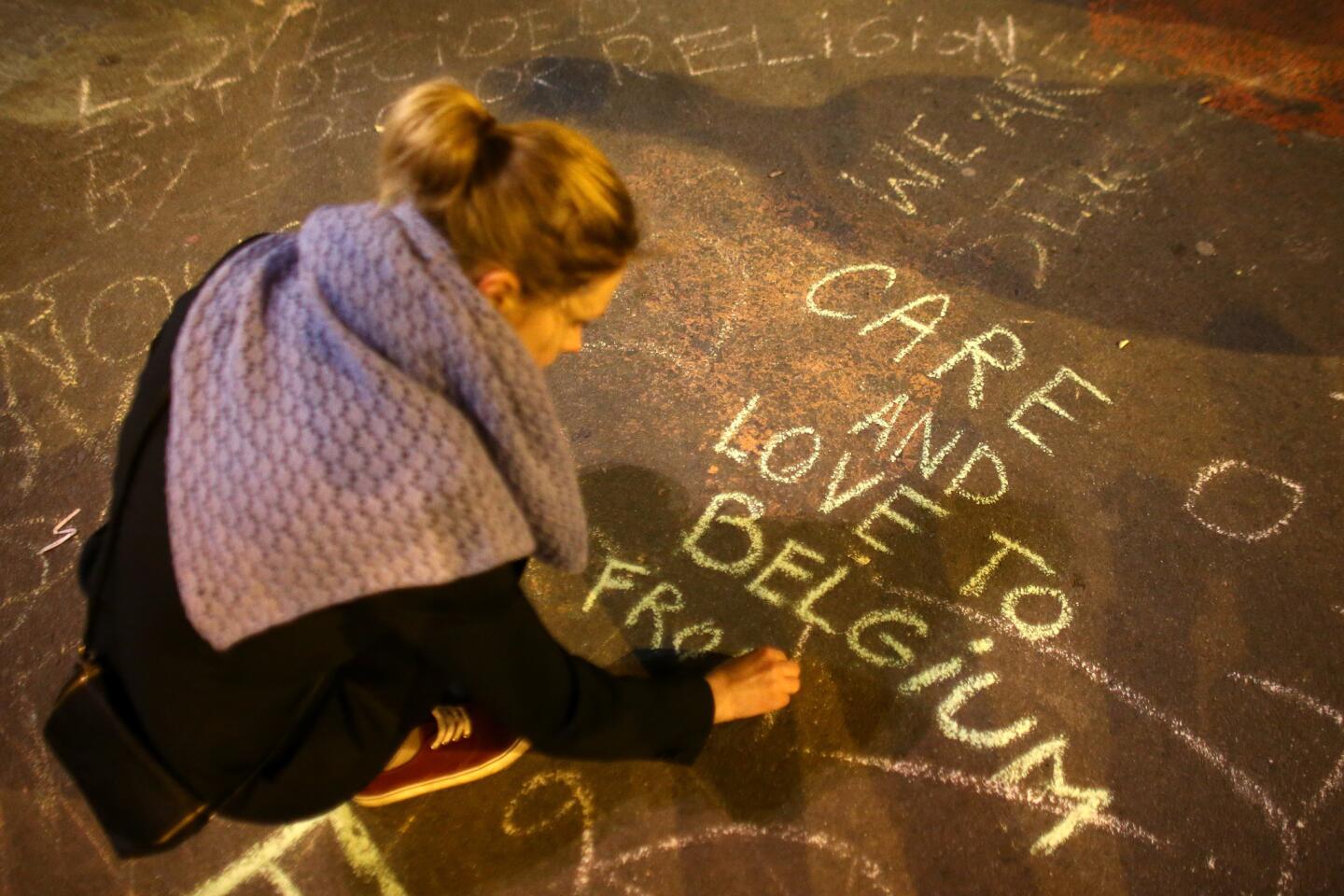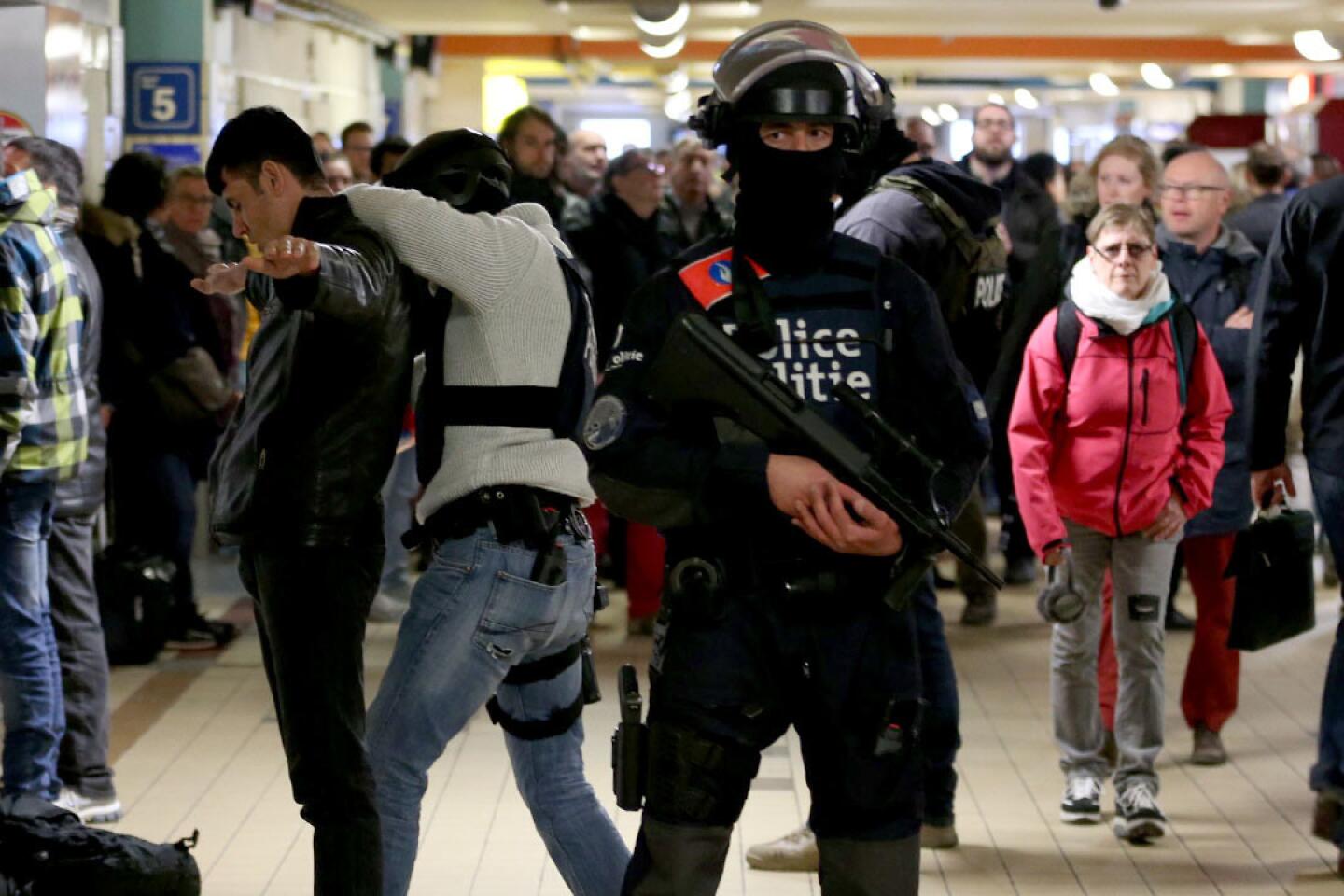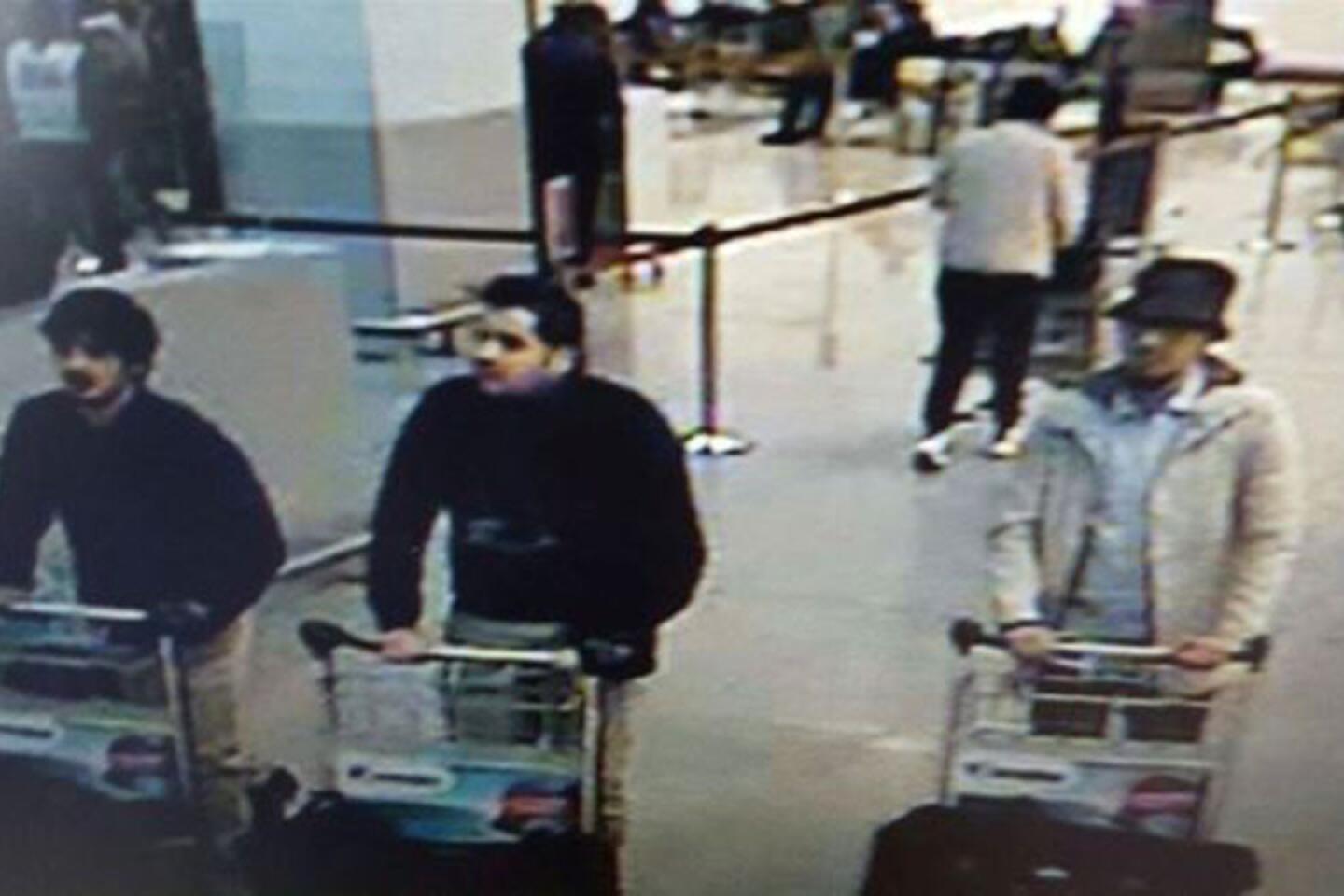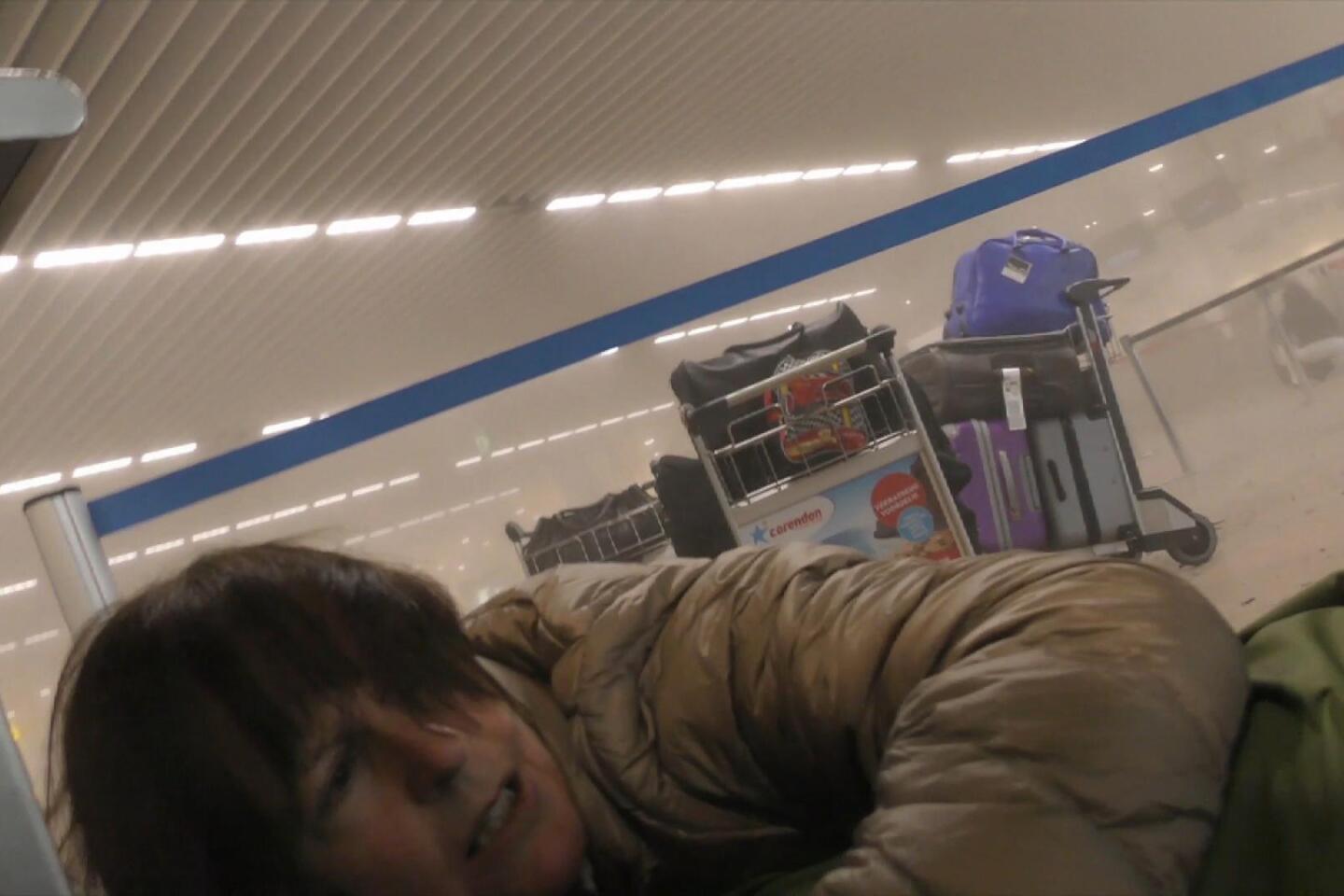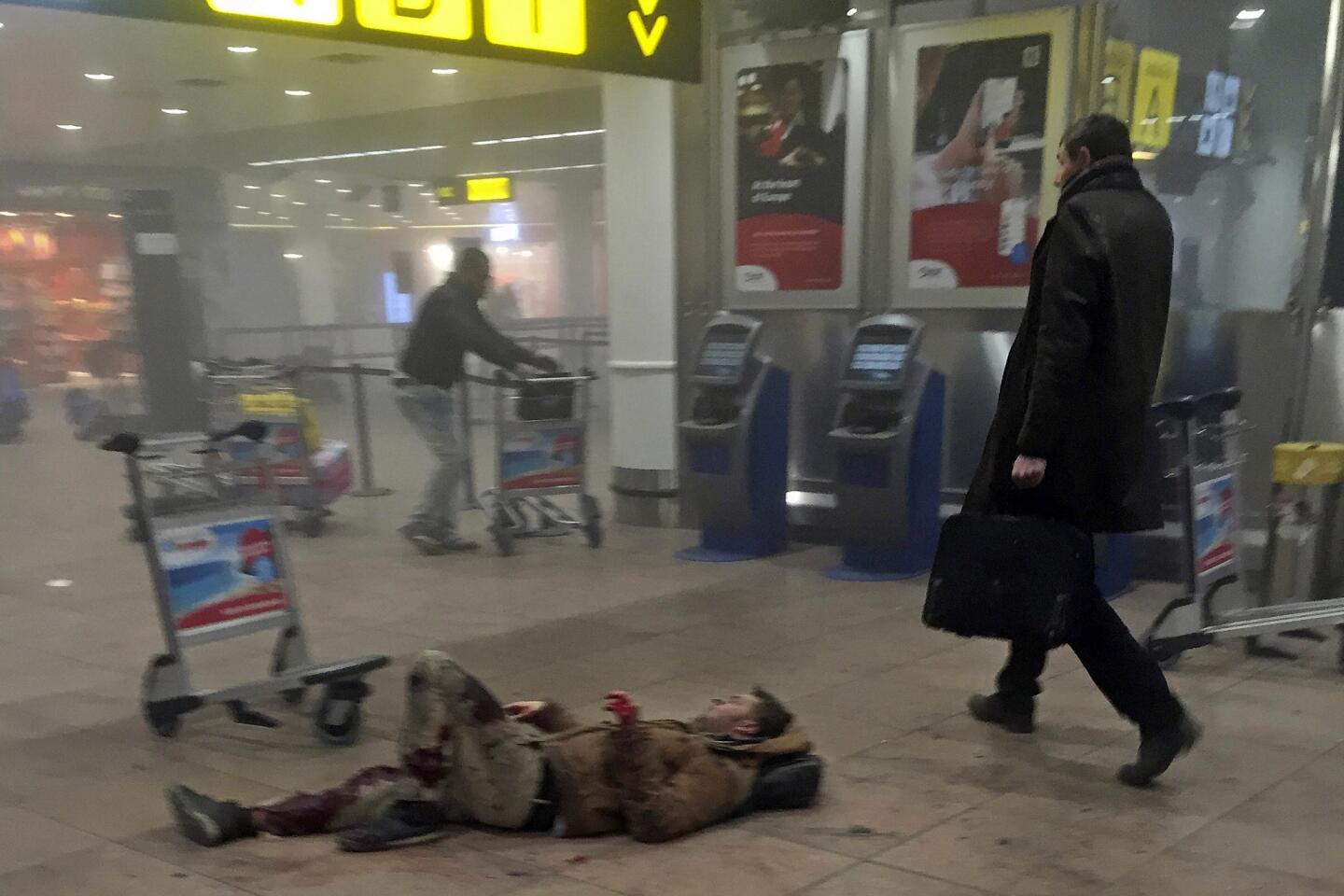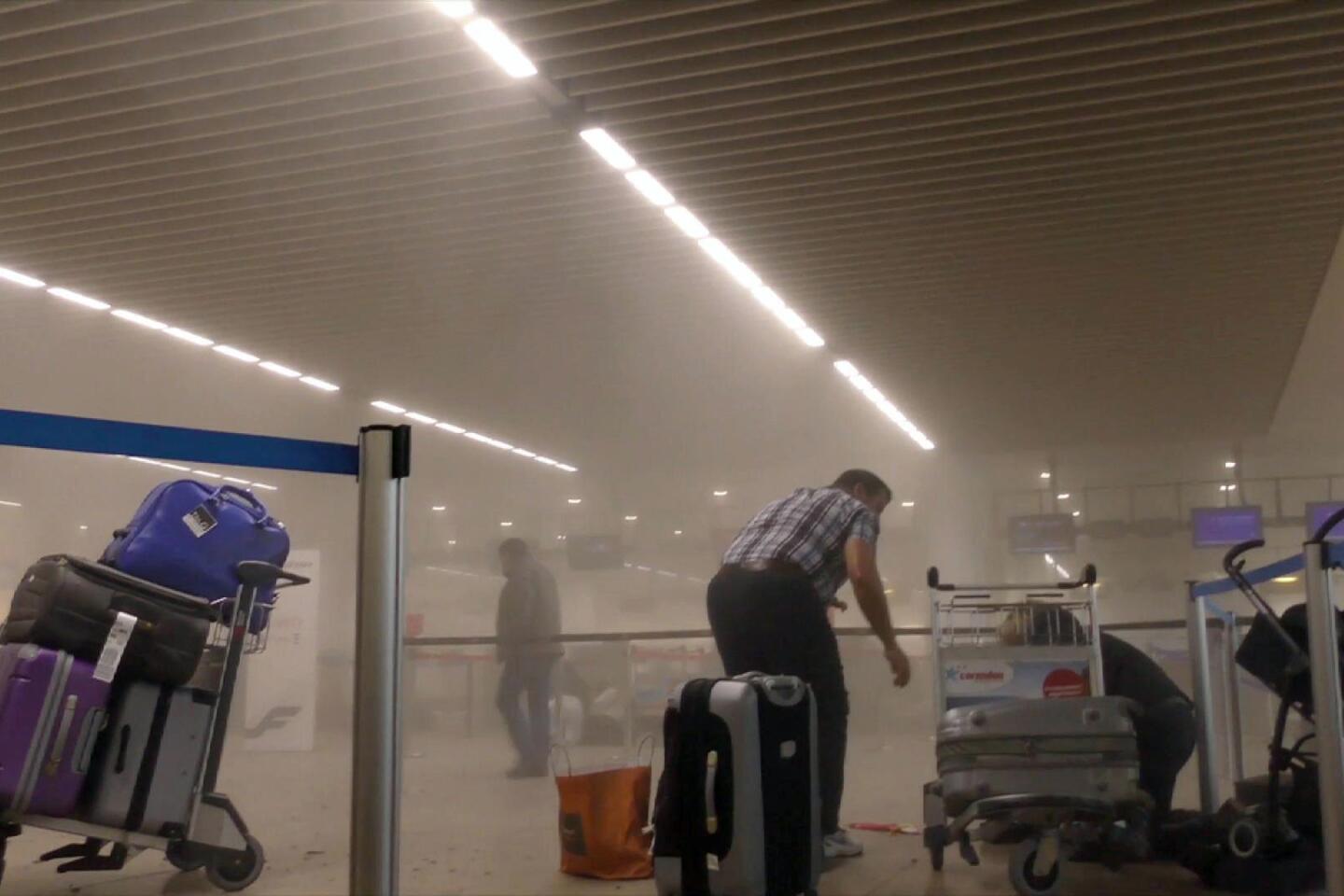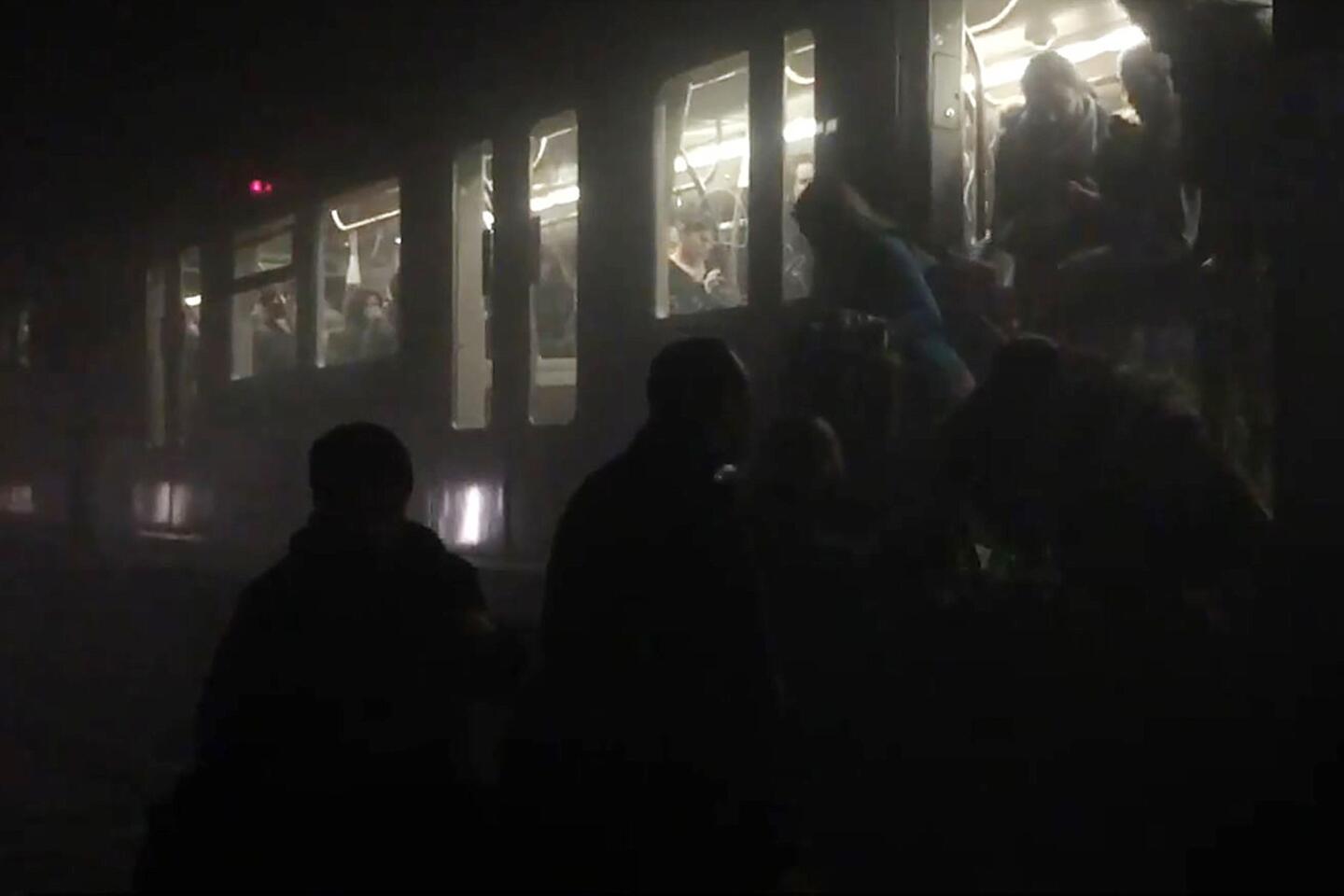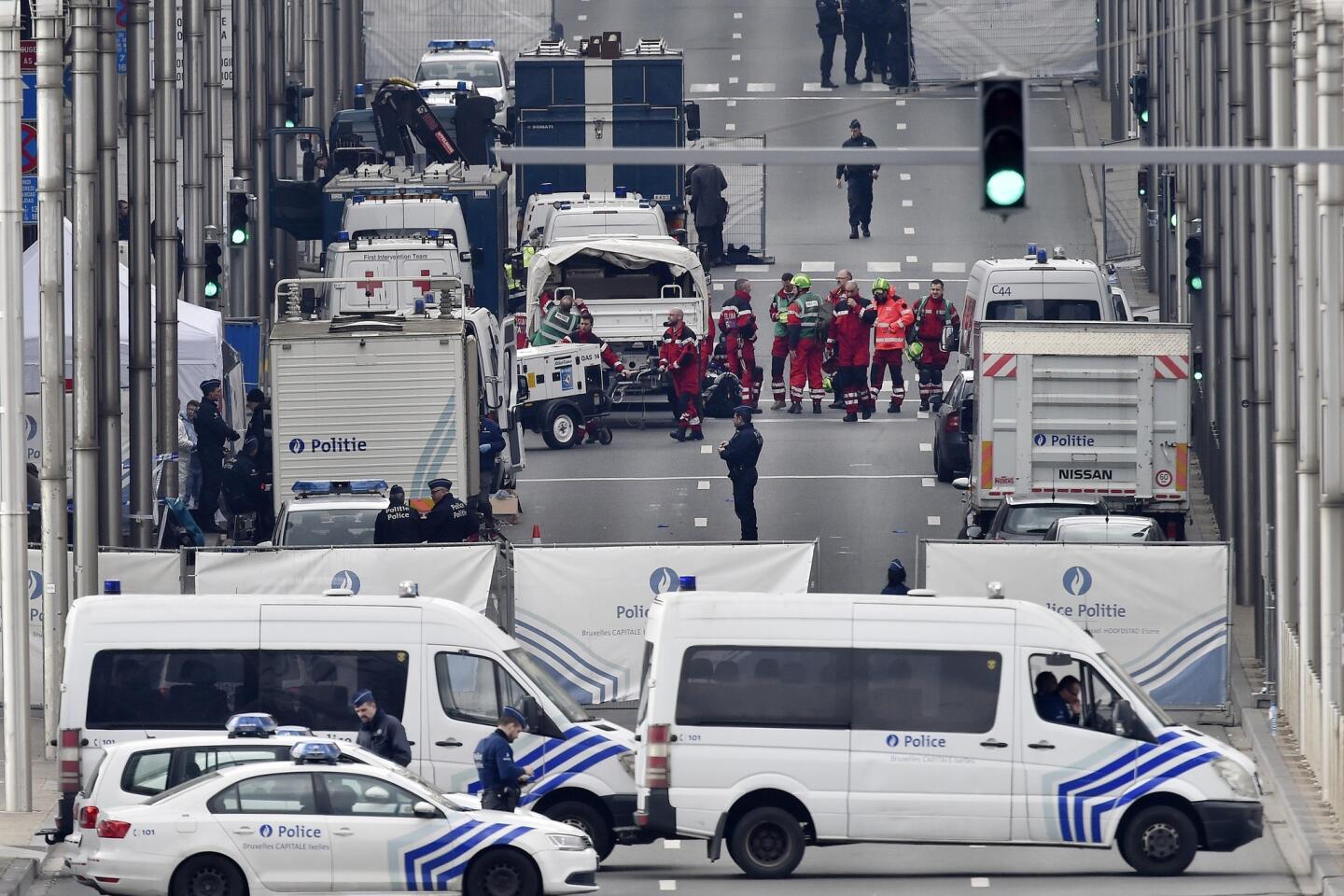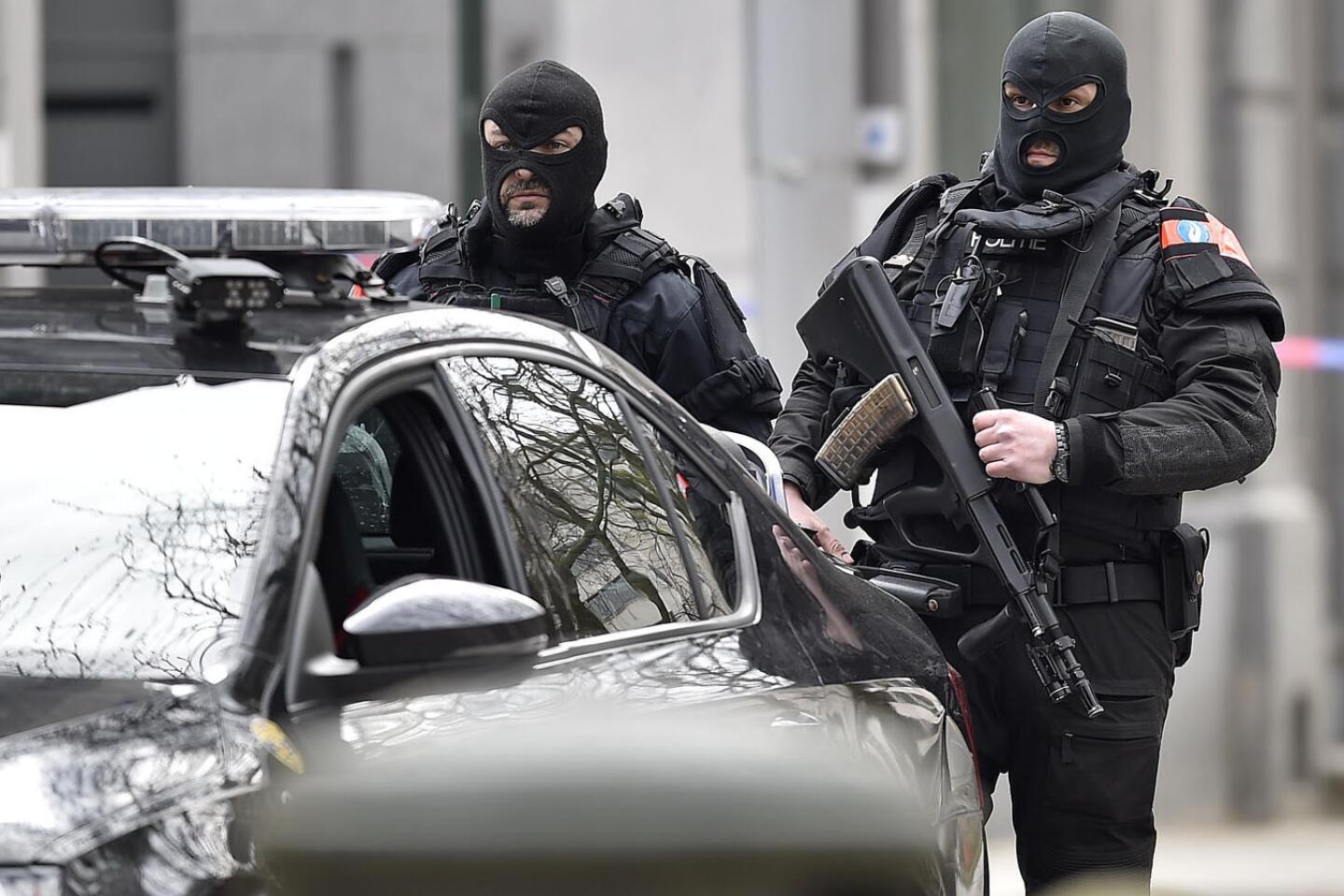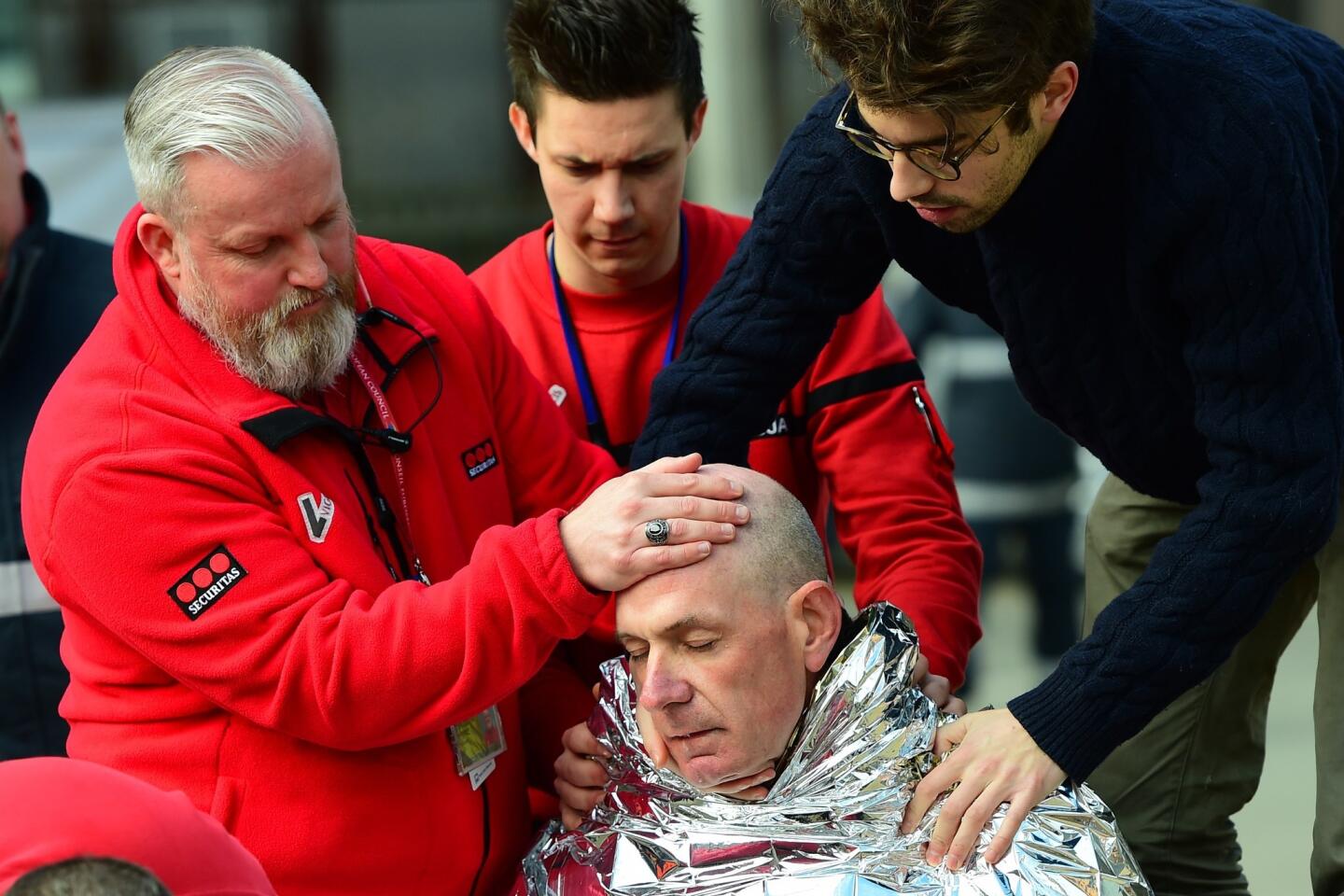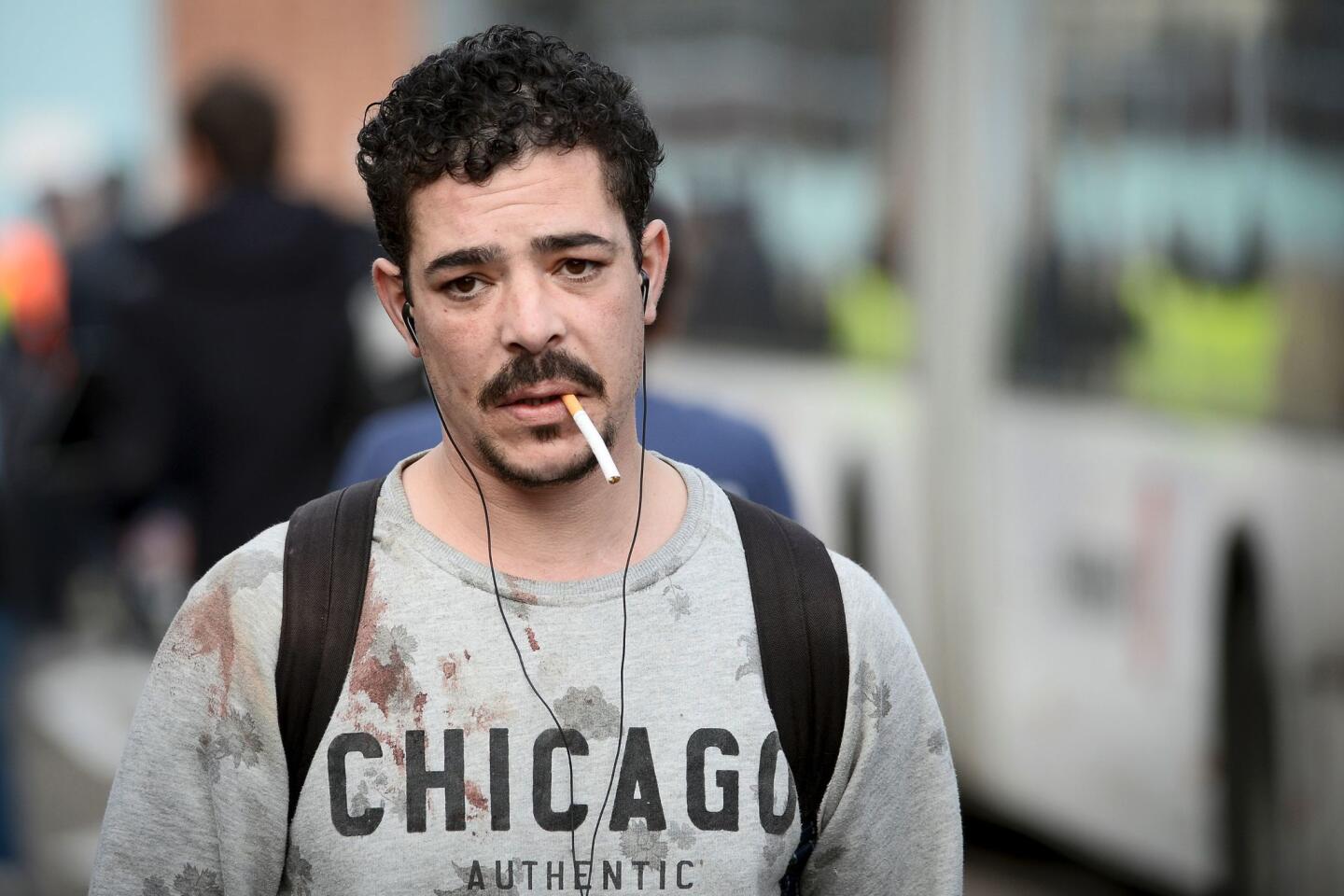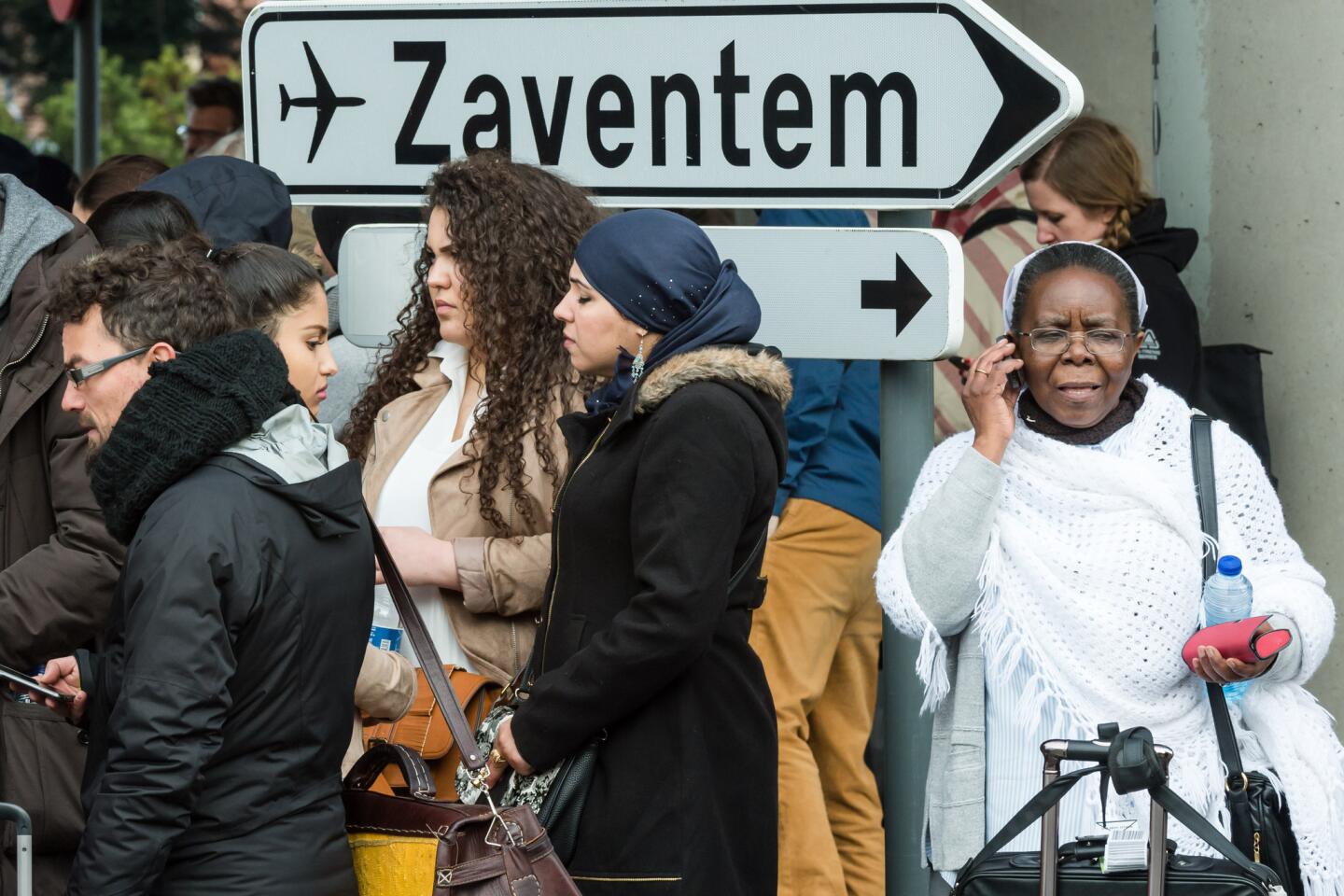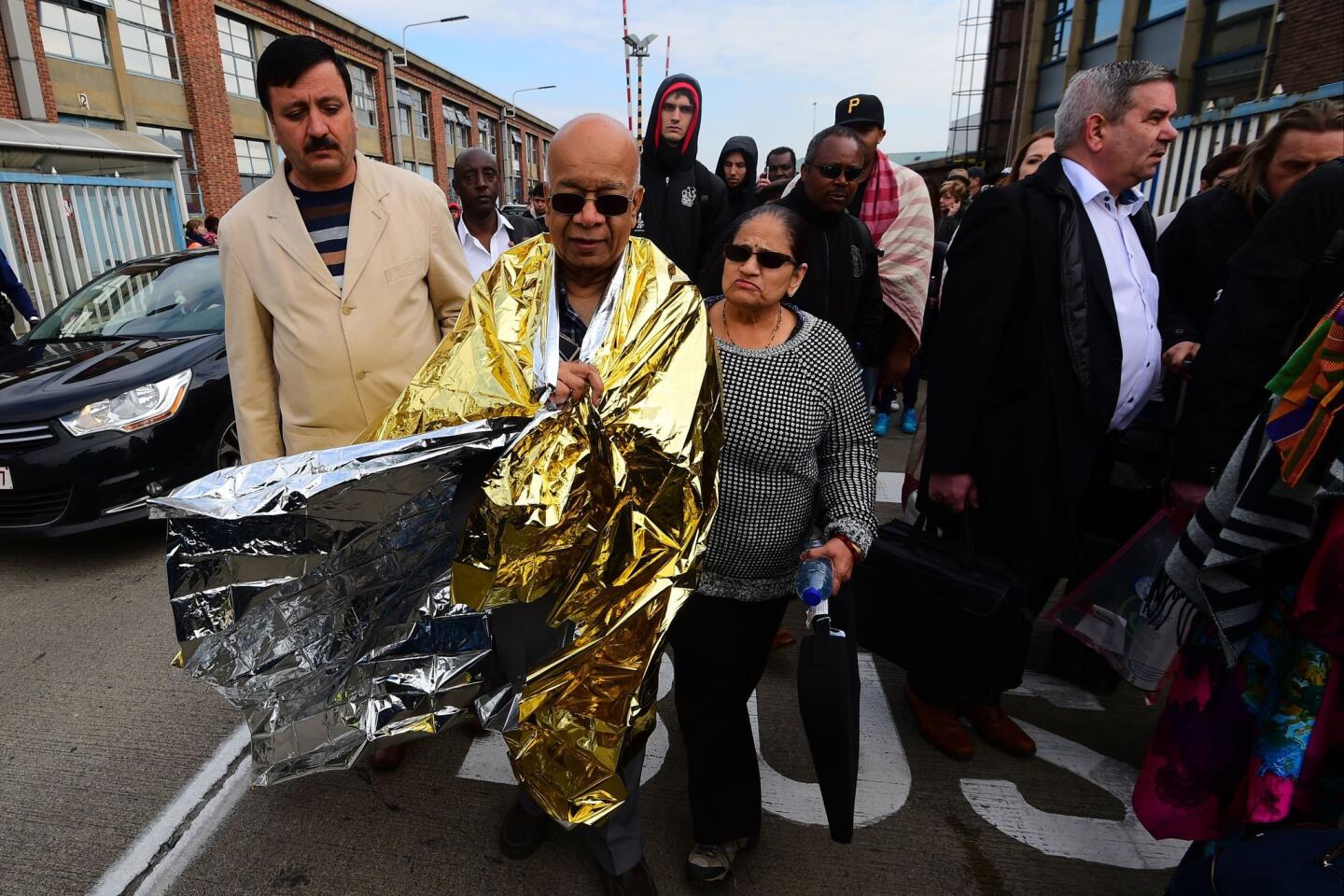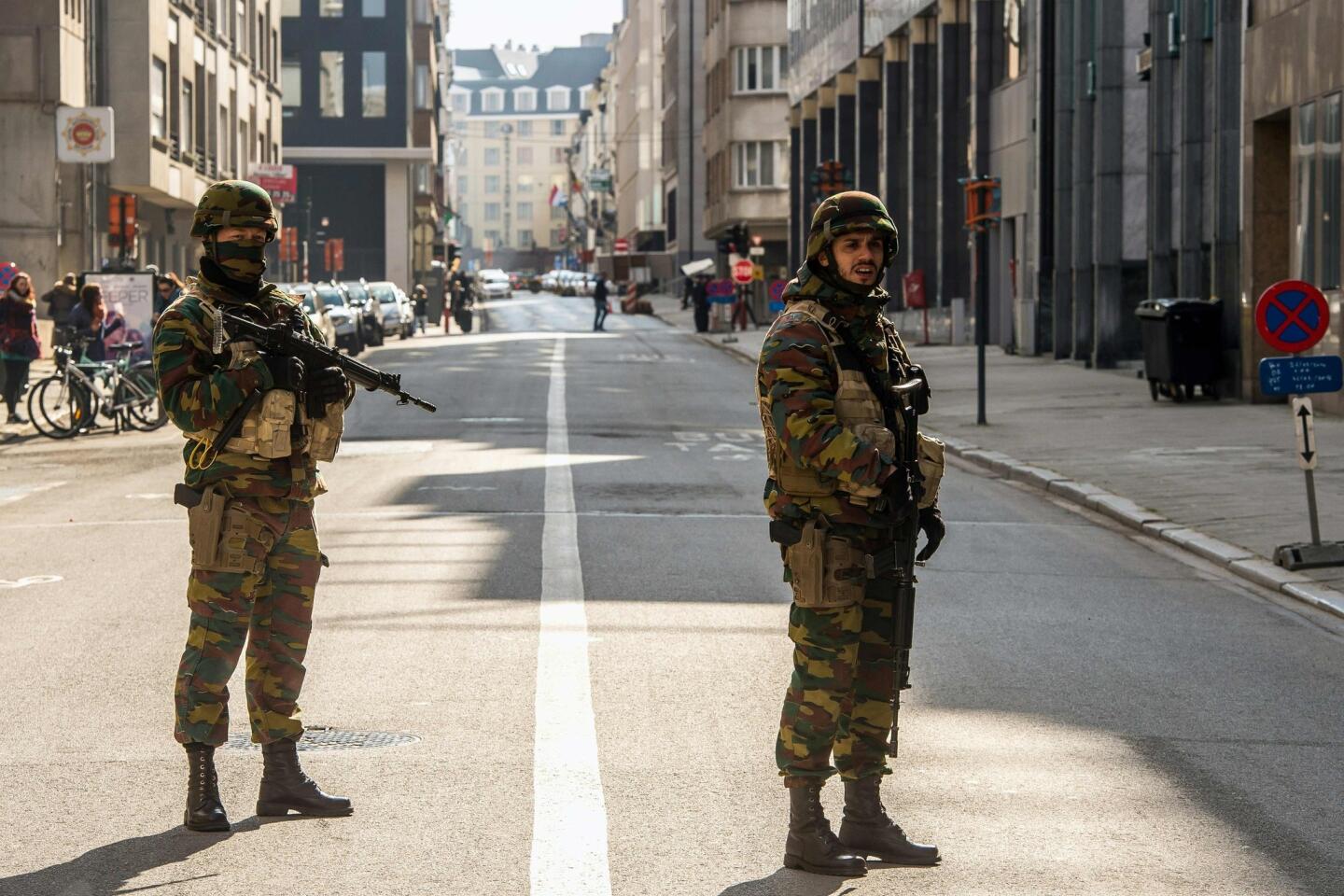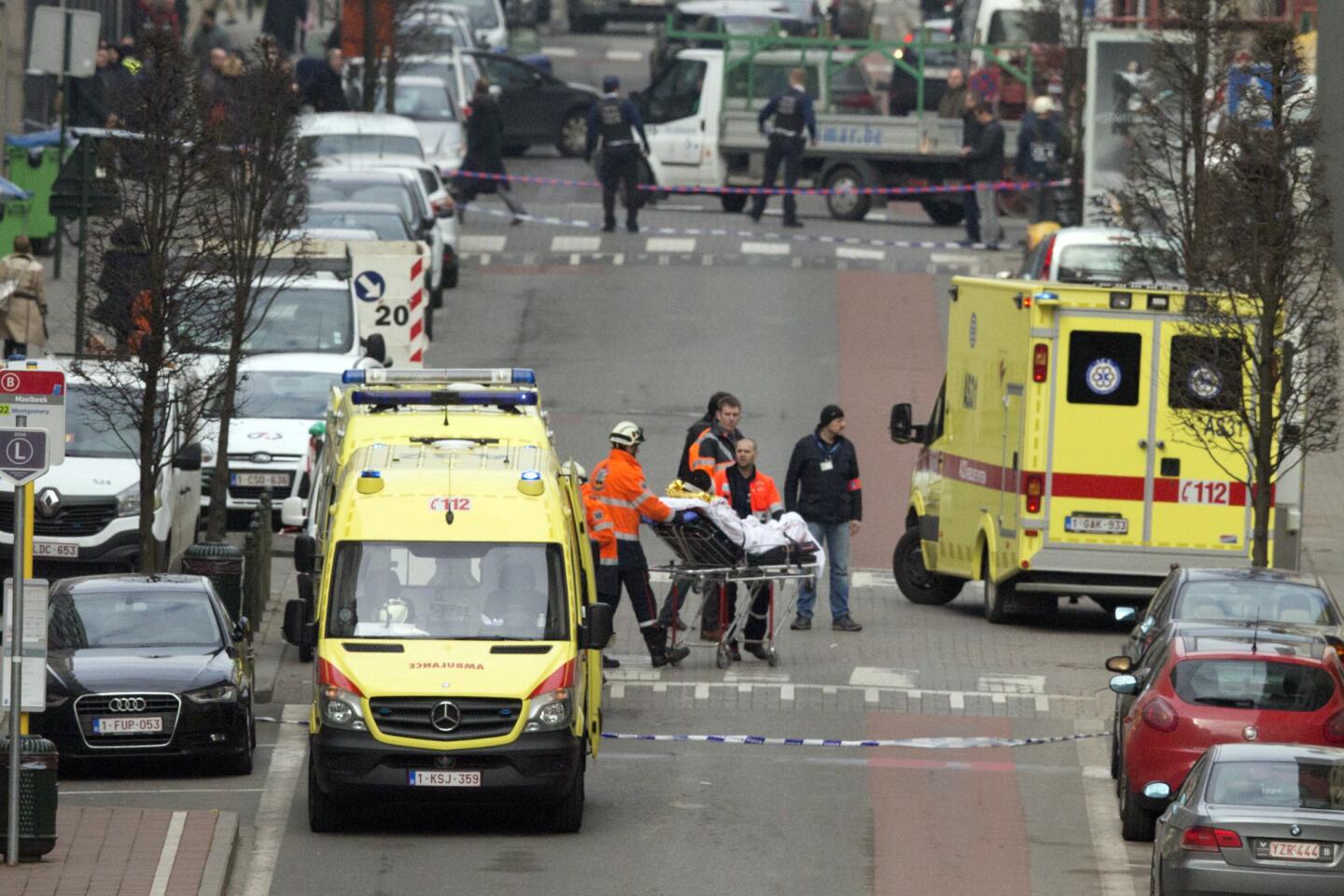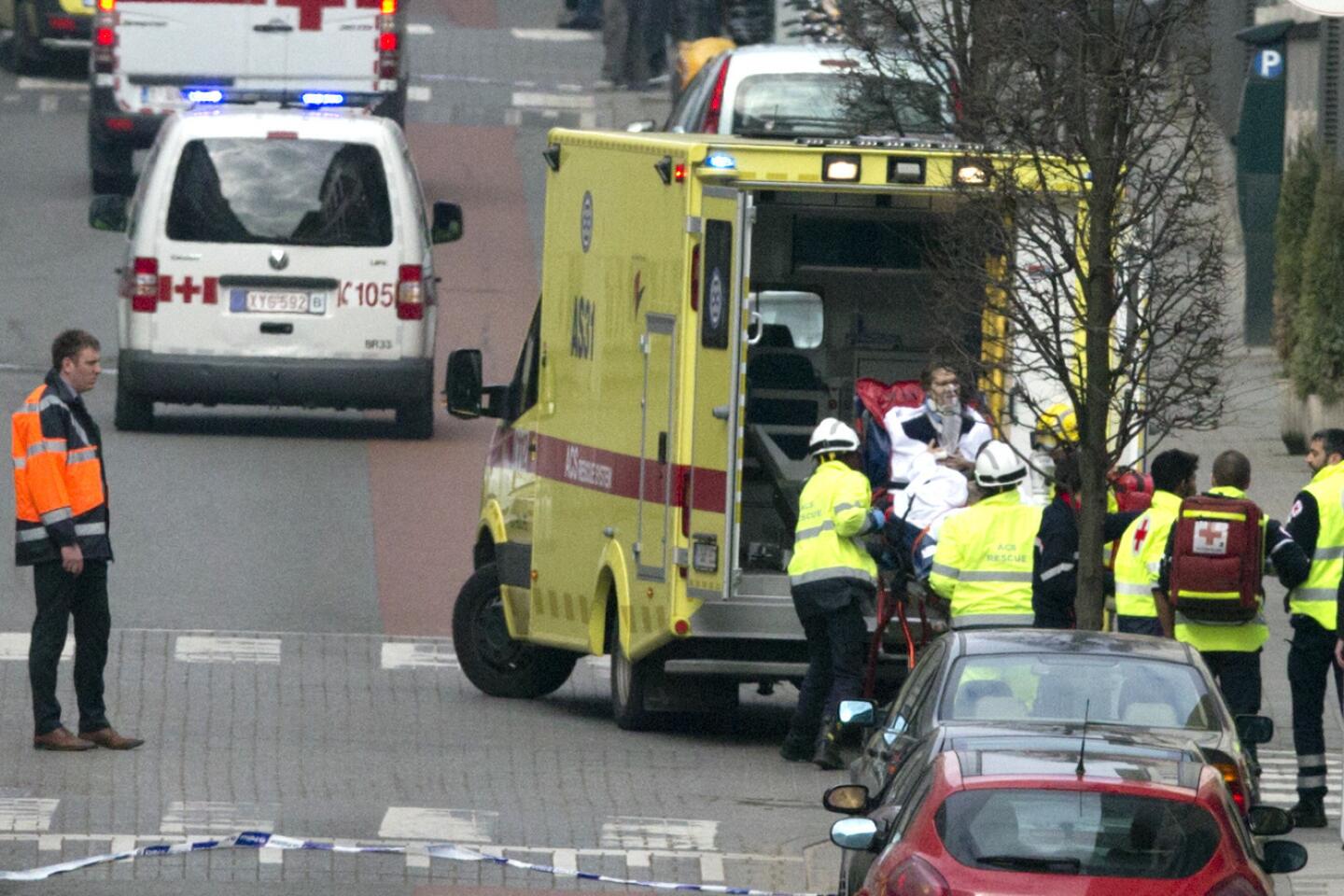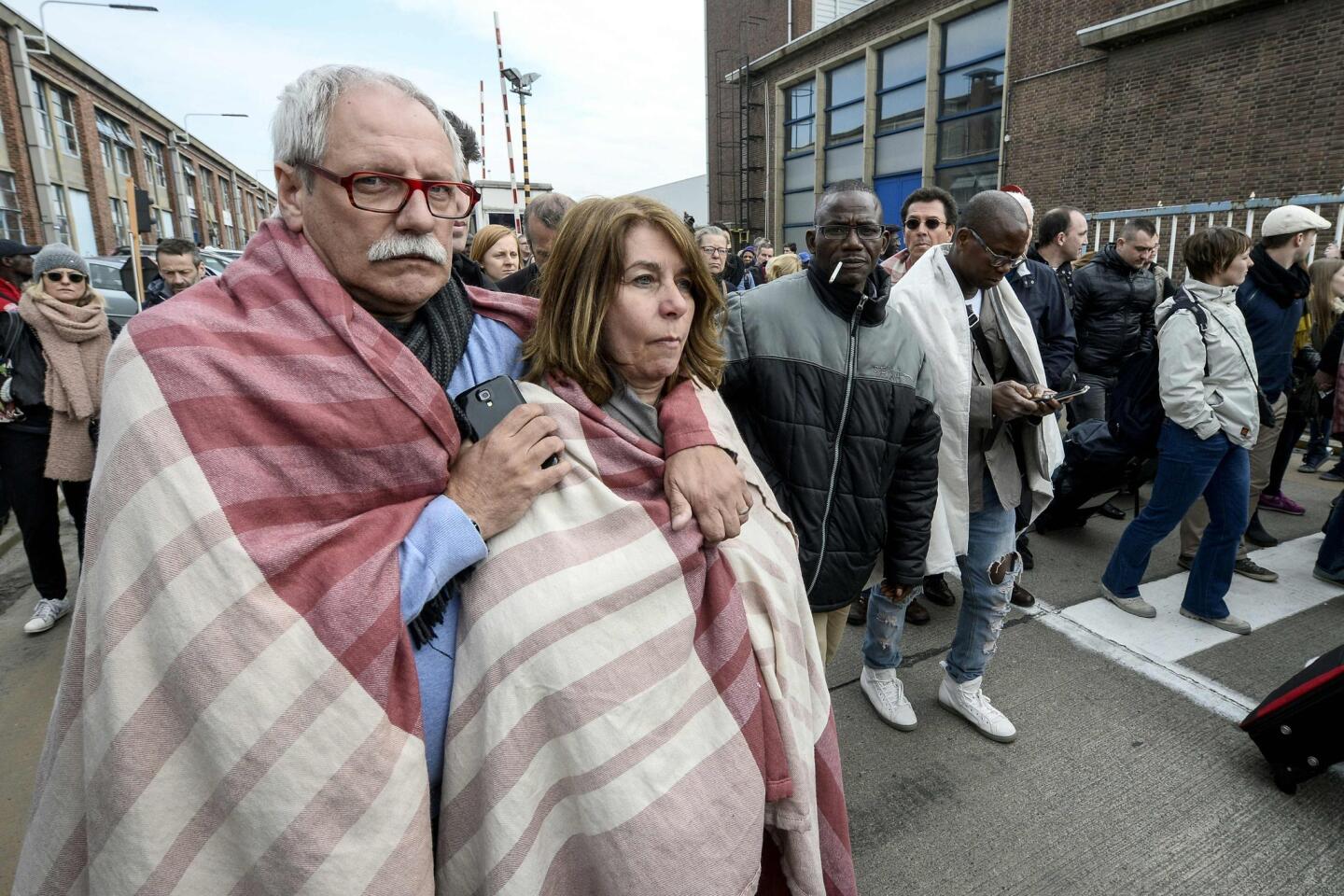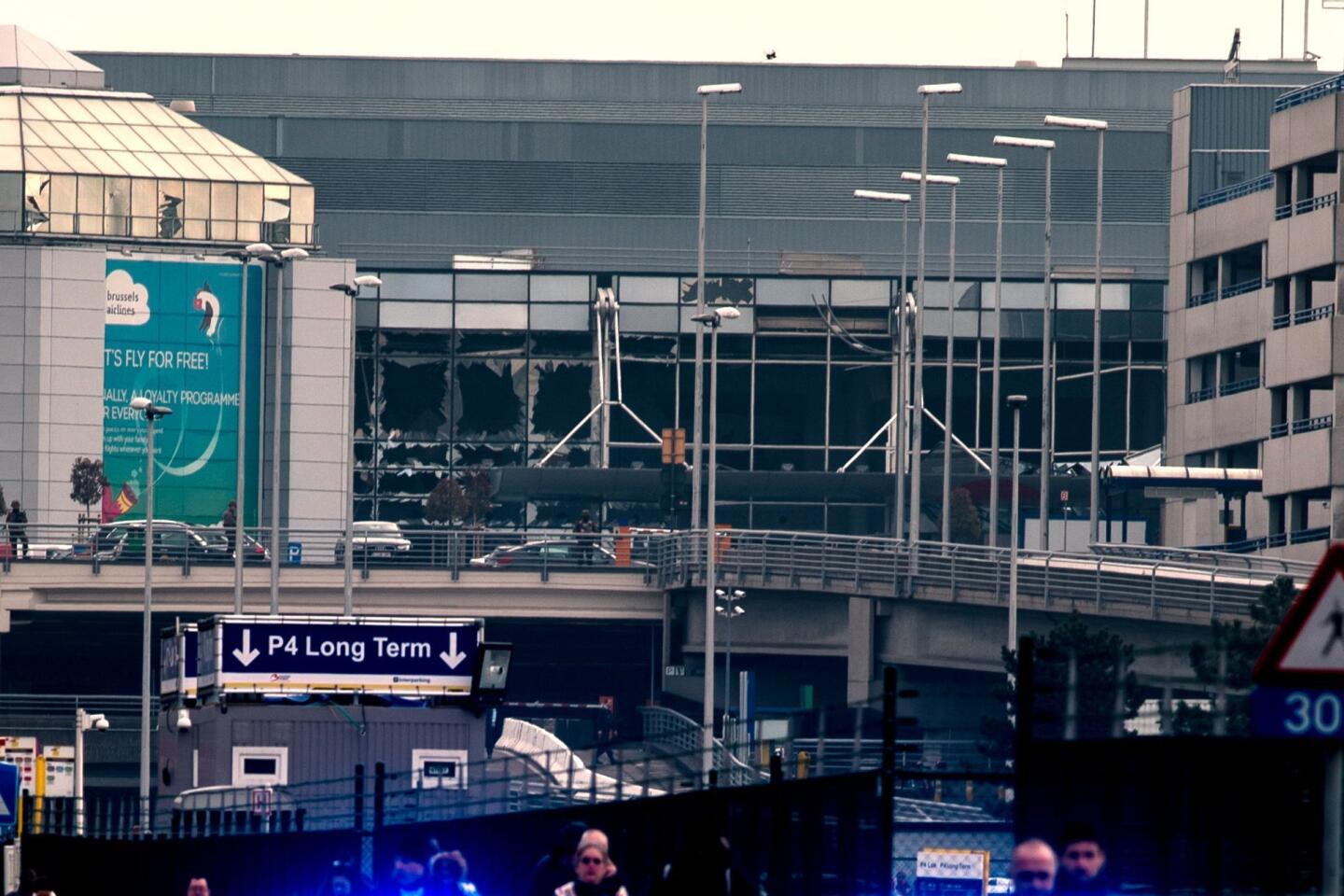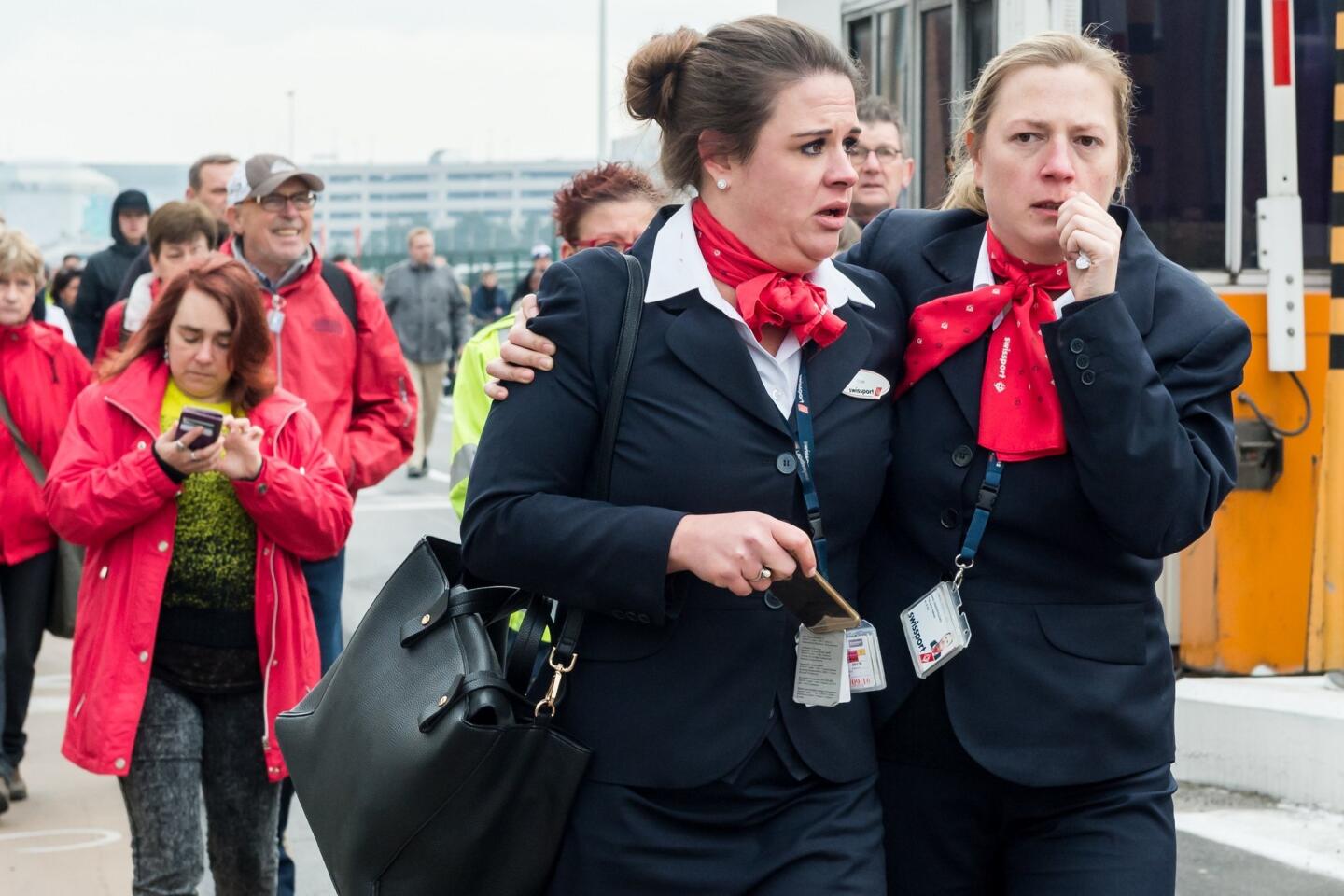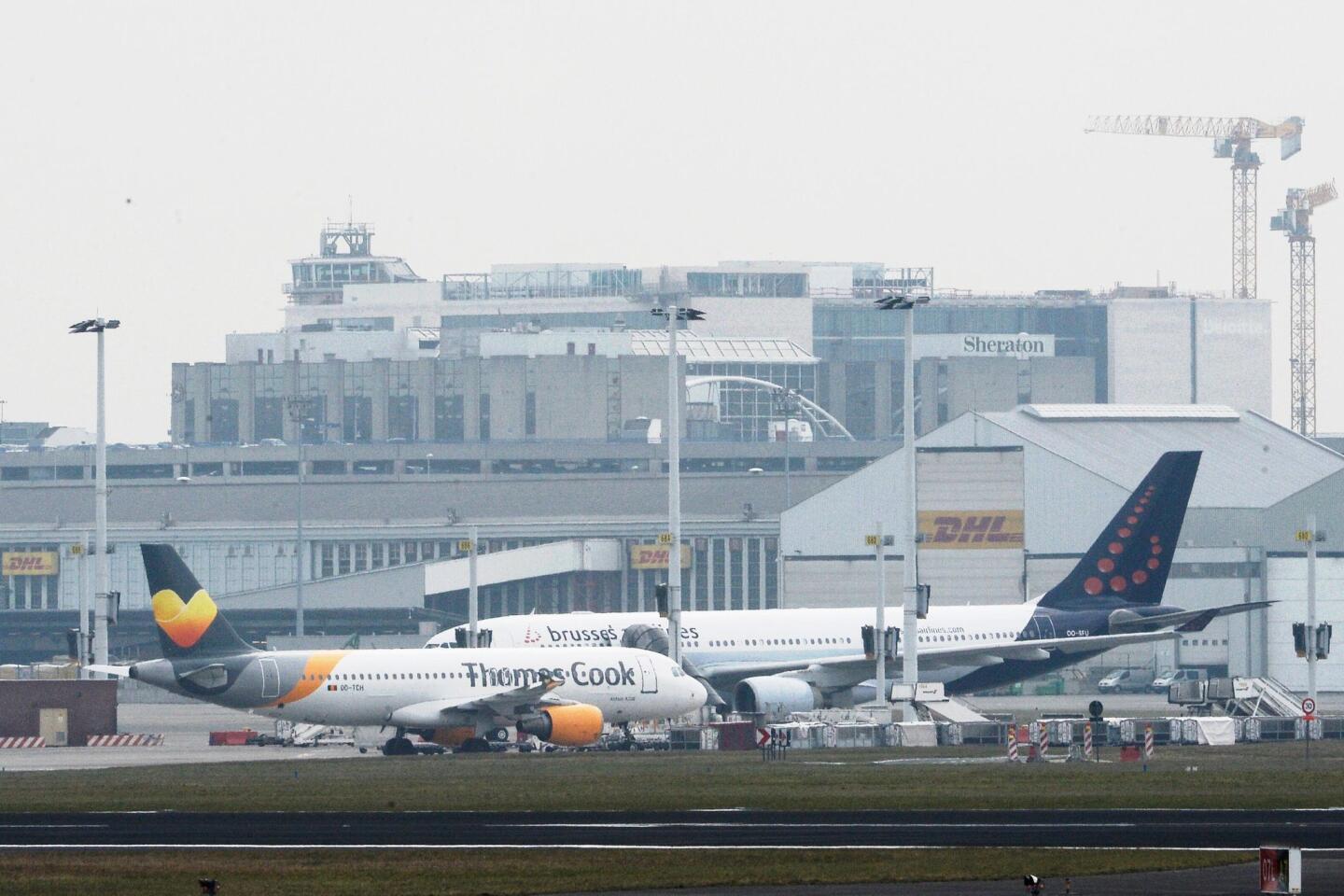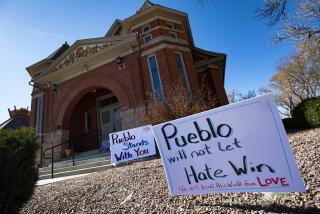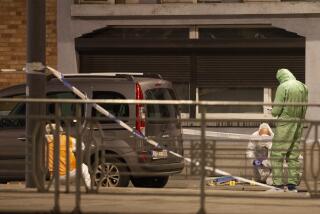Why Brussels attacks exceeded San Bernardino’s: a terrorist infrastructure
In December, a married couple who authorities said had been “self-radicalized” killed 14 people in San Bernardino in what has been described as the deadliest terrorist attack on U.S. soil since 9/11.
Authorities found that the couple had bomb-making equipment in the garage of their townhouse and that one of them had plotted an earlier terror attack.
Still, experts say the terror attack in San Bernardino pales in comparison to the Paris and Brussels attacks due to those cities’ much more sophisticated and vast terror networks.
See more of our top stories on Facebook >>
Based on months of investigation by the FBI and local police, the San Bernardino shooters had little support and appeared to act on their own after reviewing terrorist literature online.
By contrast, the terrorist cells in Brussels and Paris had the support of a network of bomb makers, safe houses and weaponry.
Brian Jenkins, a counter-terrorism expert for Rand Corp., said European cities such as Brussels are providing a perfect breeding ground for soft target attacks.
“The big difference between here and Europe and what has made Europe so dangerous is they have a far larger number of returning foreign fighters from Syria, and they, more importantly, have a logistical support network in place,” said Jenkins, a senior advisor to the Rand Corp.’s president.
Salah Abdeslam, the main fugitive in the Paris attacks seized in Brussels four days ago, Jenkins said, was a logistics specialist. “These fighters come back home determined to carry out an attack. But they need a place to hide, someone to build bombs, someone to supply weapons—they need a network.”
“In U.S., by contrast, we are seeing very little connectivity. We are seeing a single individual or autonomous action. They don’t have a terrorist underground here to turn to logistically,” Jenkins said.
That was evident in San Bernardino, where Syed Farook and Tashfin Malik killed 14 people and wounded 22, he said. Essentially, the threat consists of “lone wolves” operating solo or small groups inspired by Islamic State or Al Qaeda web literature.
Islamic State, he said, is under pressure domestically but that does not mean the fight is over. Jenkins said the group will likely go underground, but the foreign fighters will either head to another region such as Libya or take the risk of returning home. He said that may mean more attacks as Isalmic State is pushed back.
“Some will return home disillusioned, but others will determine to seek revenge,” Jenkins said.
Brian Levin, a Cal State San Bernardino terrorism expert, said he would not rule out an attack on U.S. soil from Islamic State. But he noted that terrorists in the U.S. don’t have the vast support network that can build suicide vests and hide people, as in Europe.
“The risk in Europe is different but it doesn’t mean we don’t have a risk here,” Levin said. “We remain one of their top targets,” Levin said.
NEWSLETTER: Get the day’s top headlines from Times Editor Davan Maharaj >>
MORE ON BRUSSELS ATTACK
Islamic State claims responsibility for attacks; at least 34 dead
Who are the Americans injured in the Brussels attack?
Who are the Americans injured in the Brussels attack?
More to Read
Sign up for Essential California
The most important California stories and recommendations in your inbox every morning.
You may occasionally receive promotional content from the Los Angeles Times.
